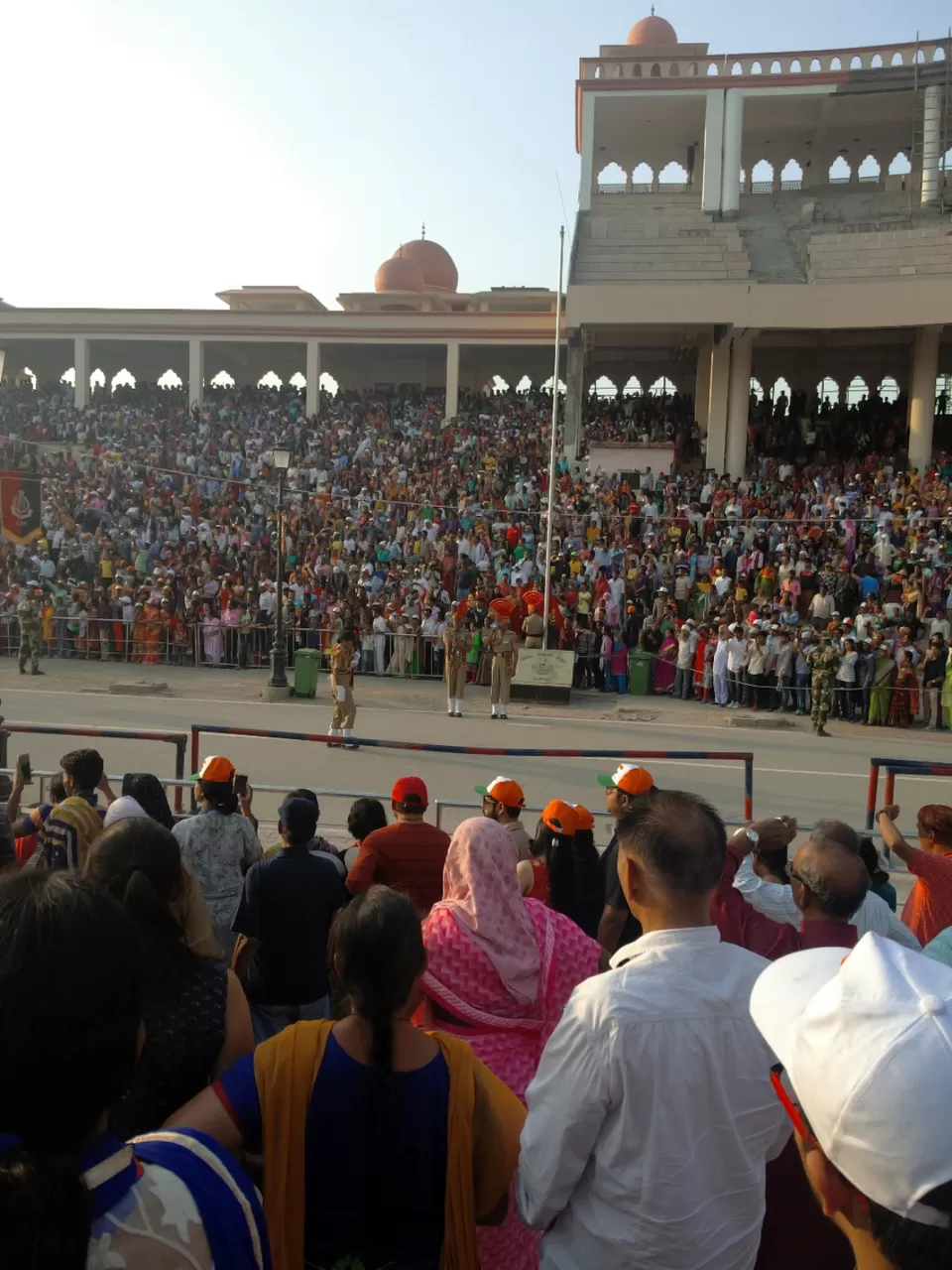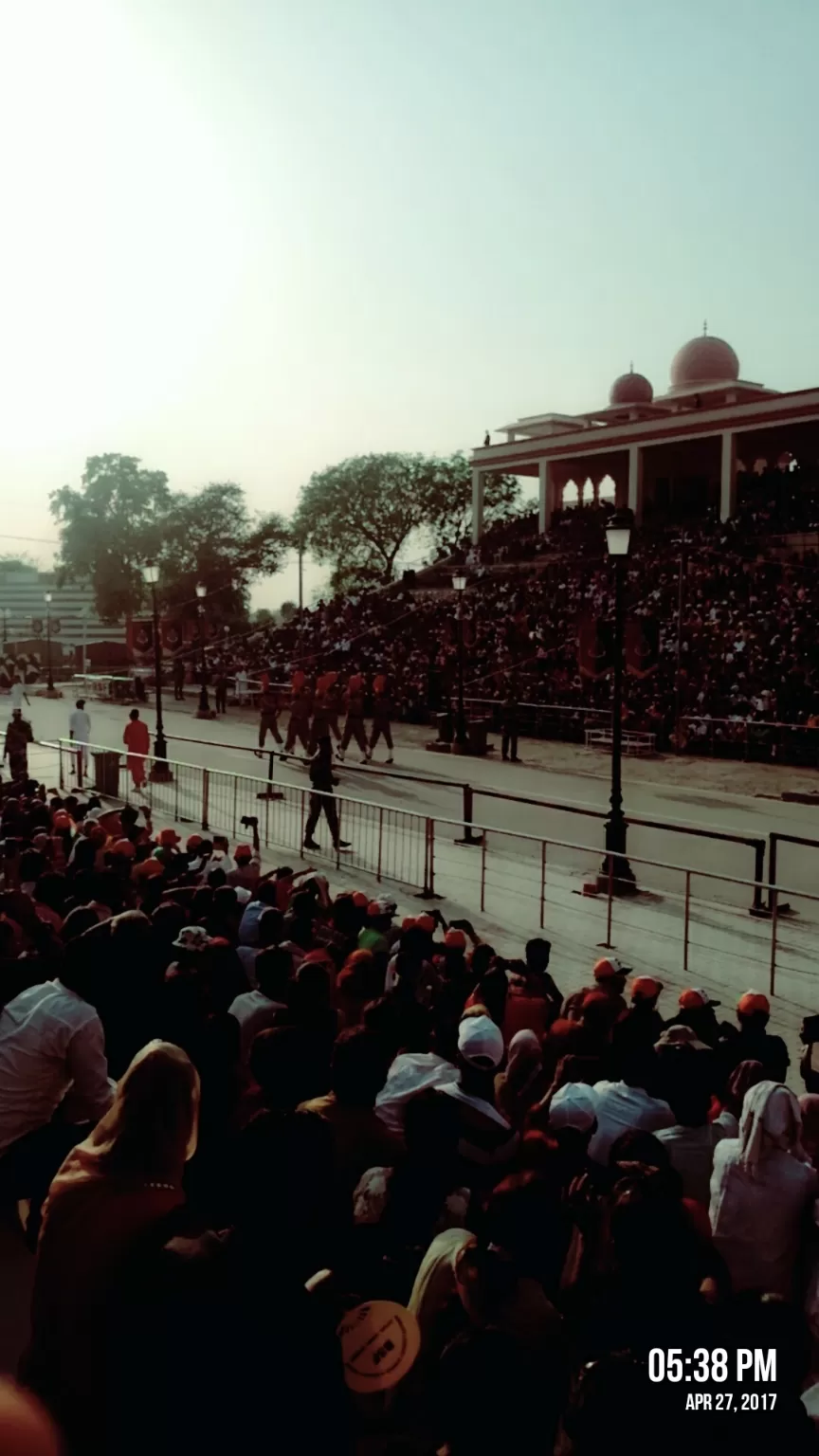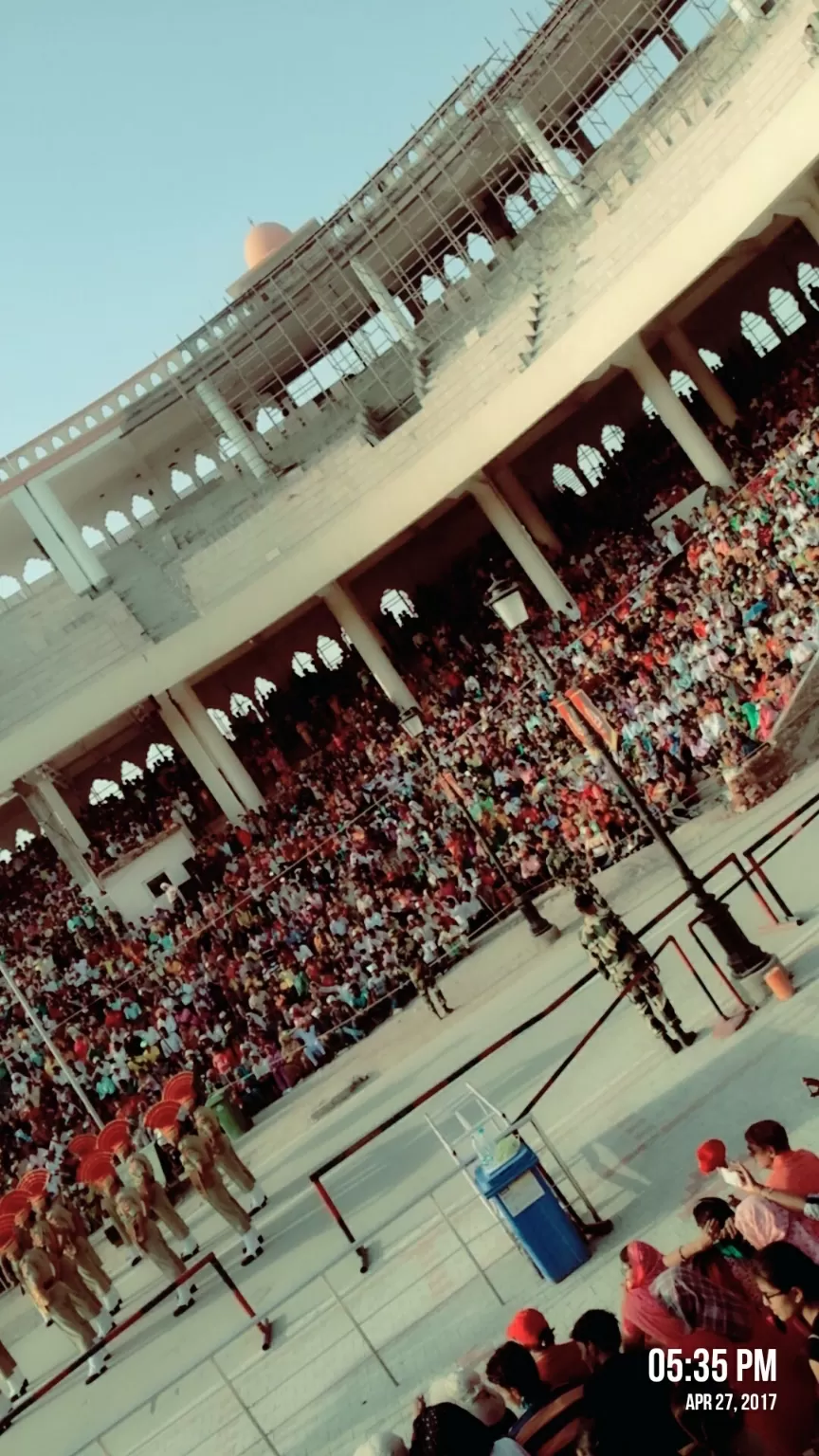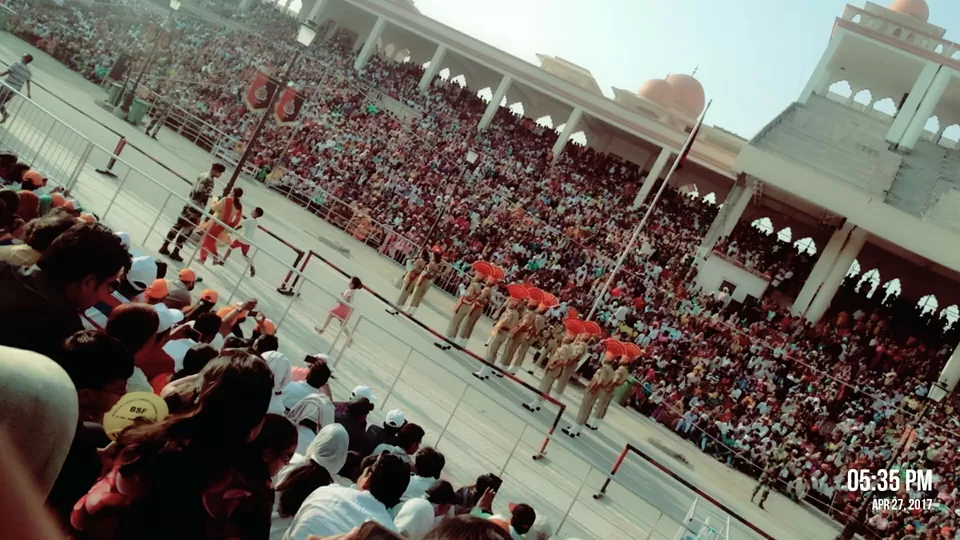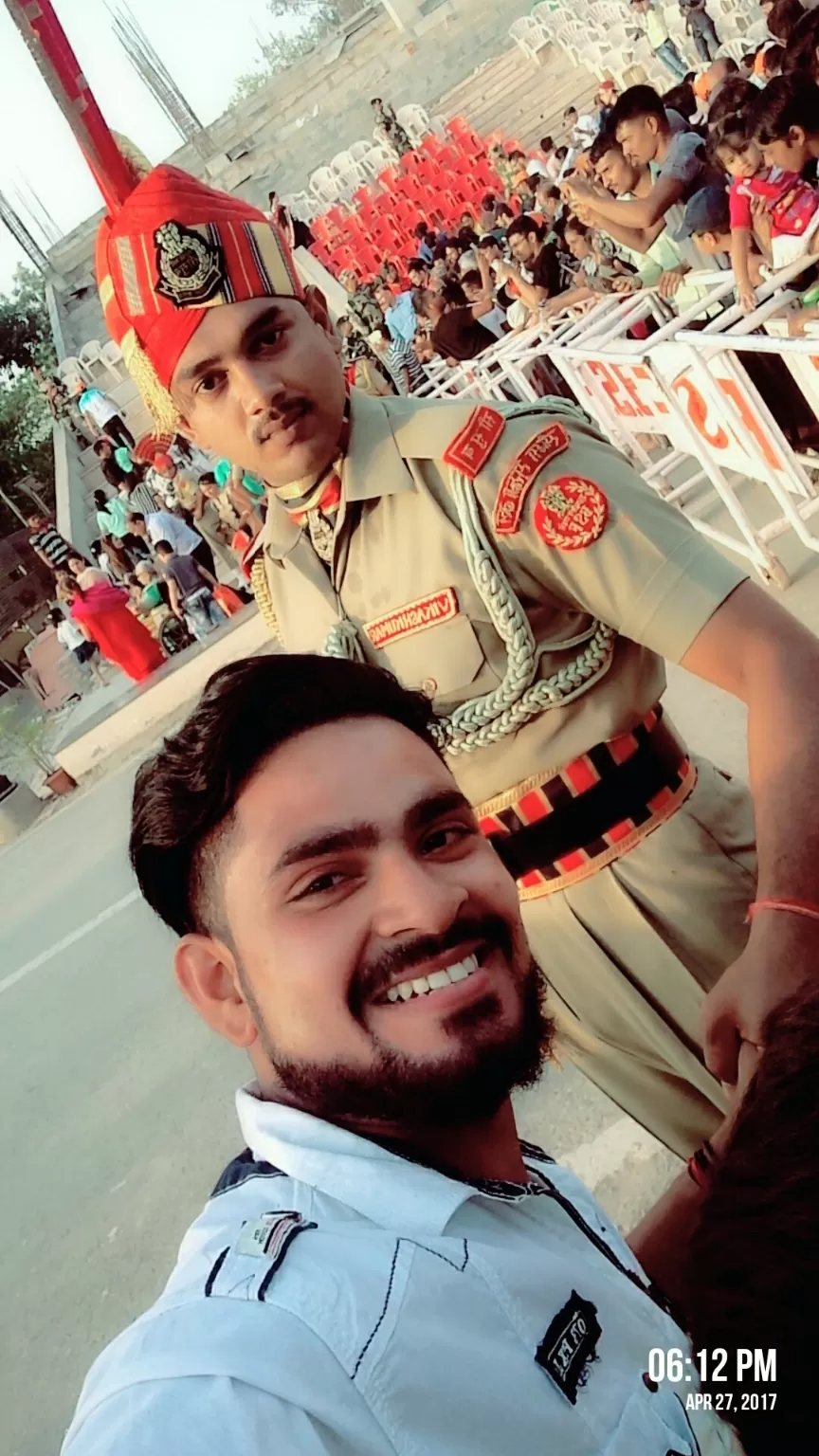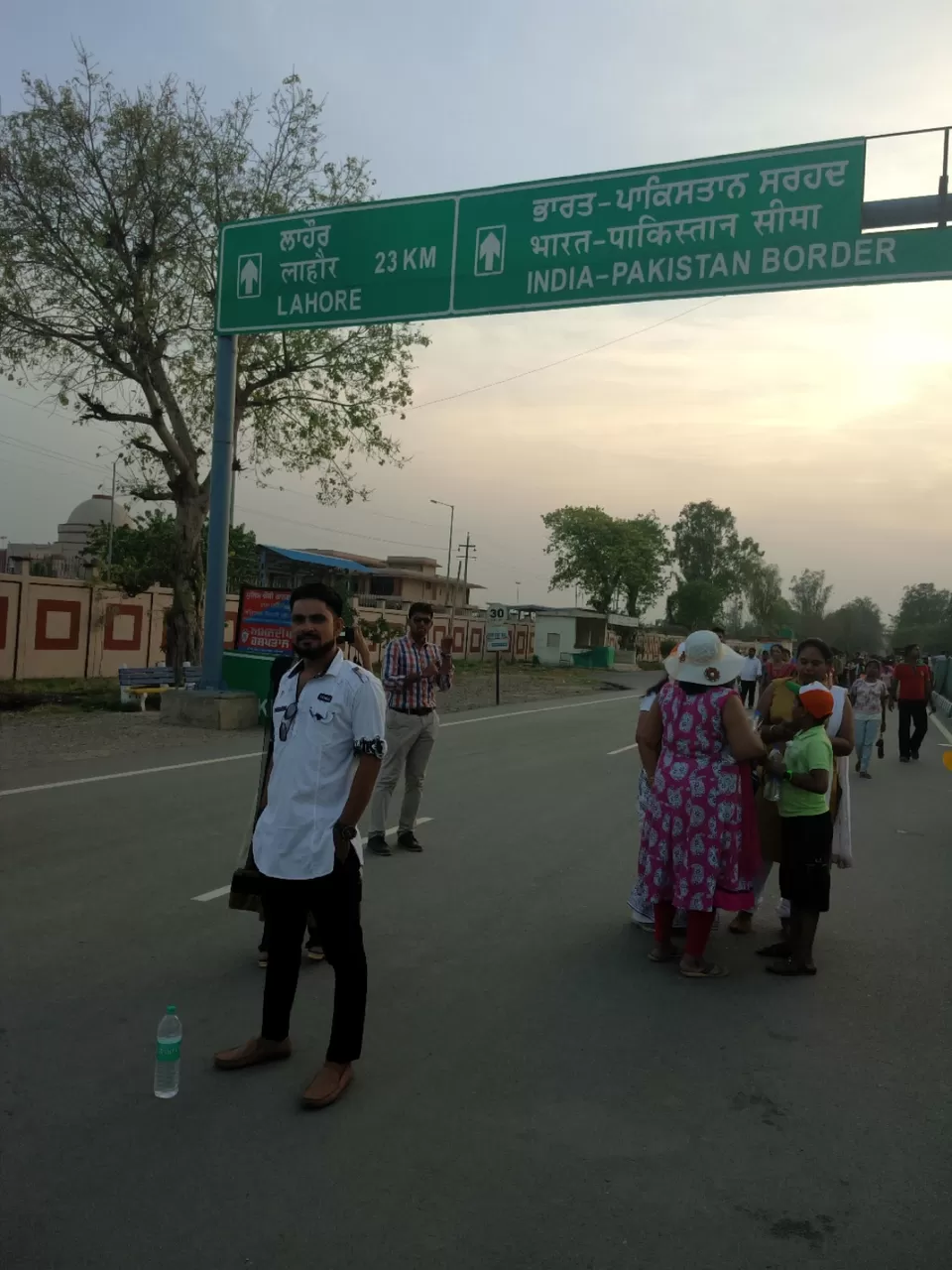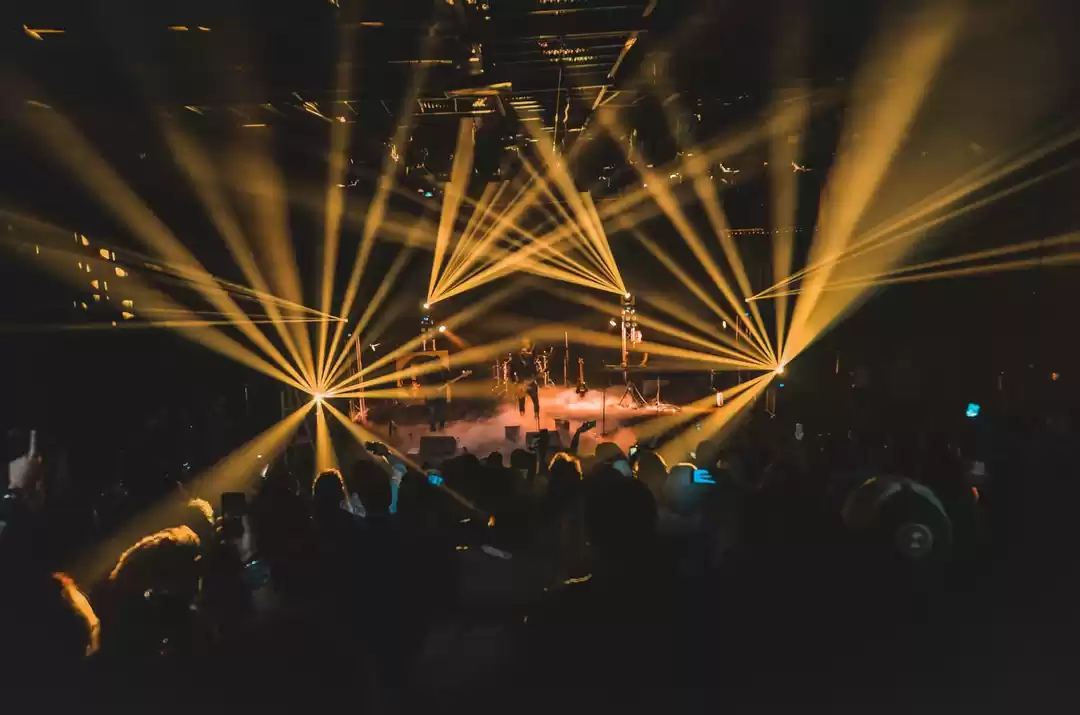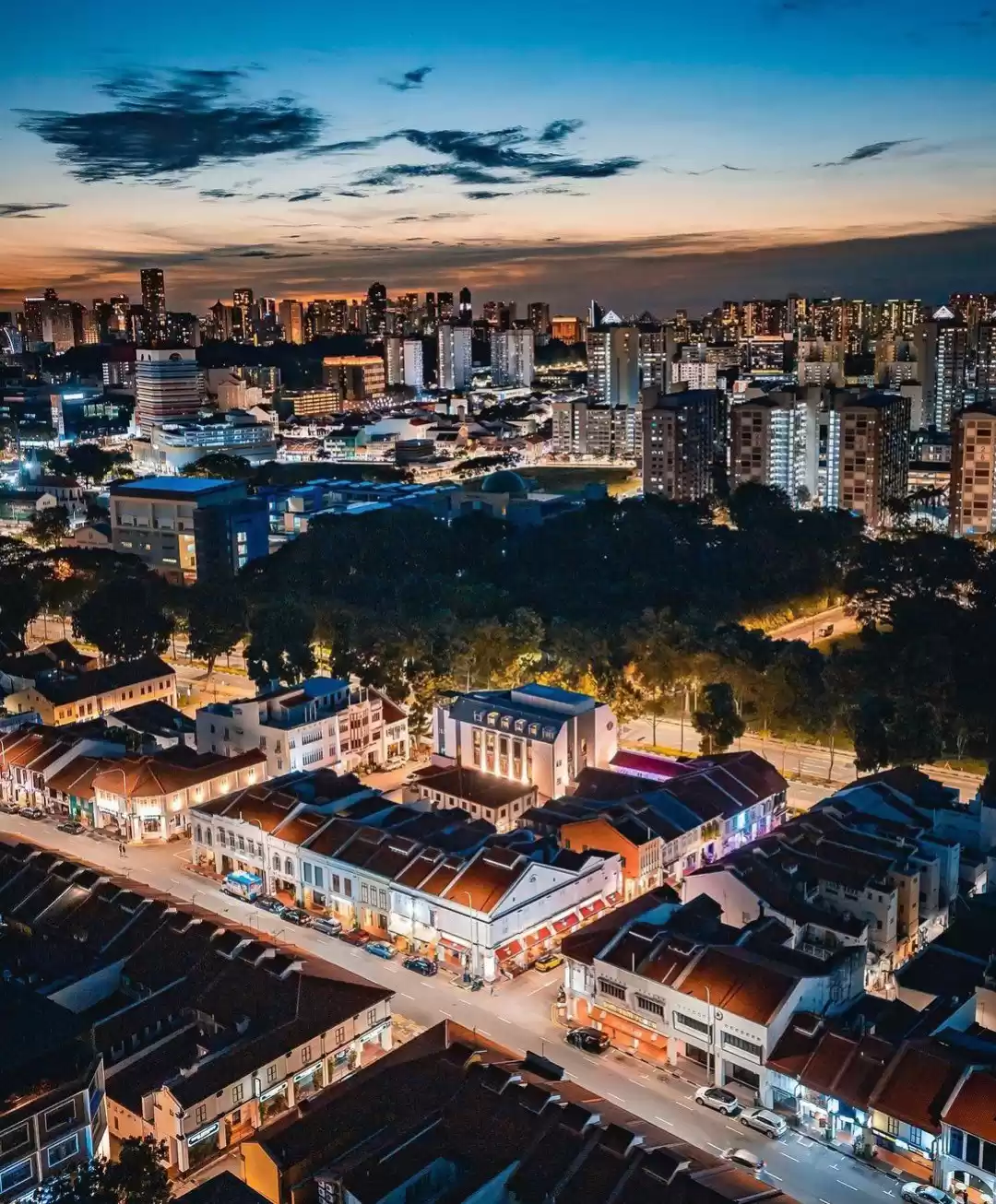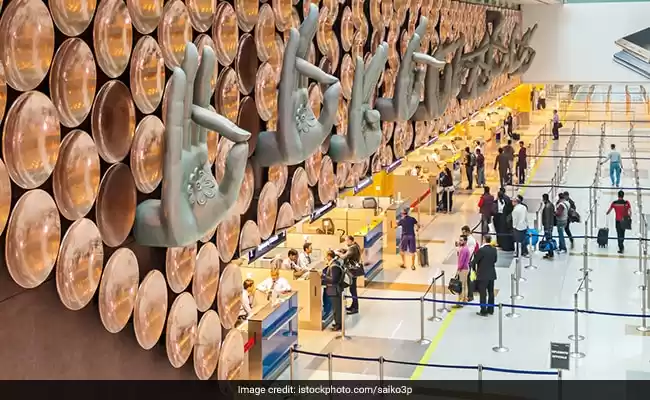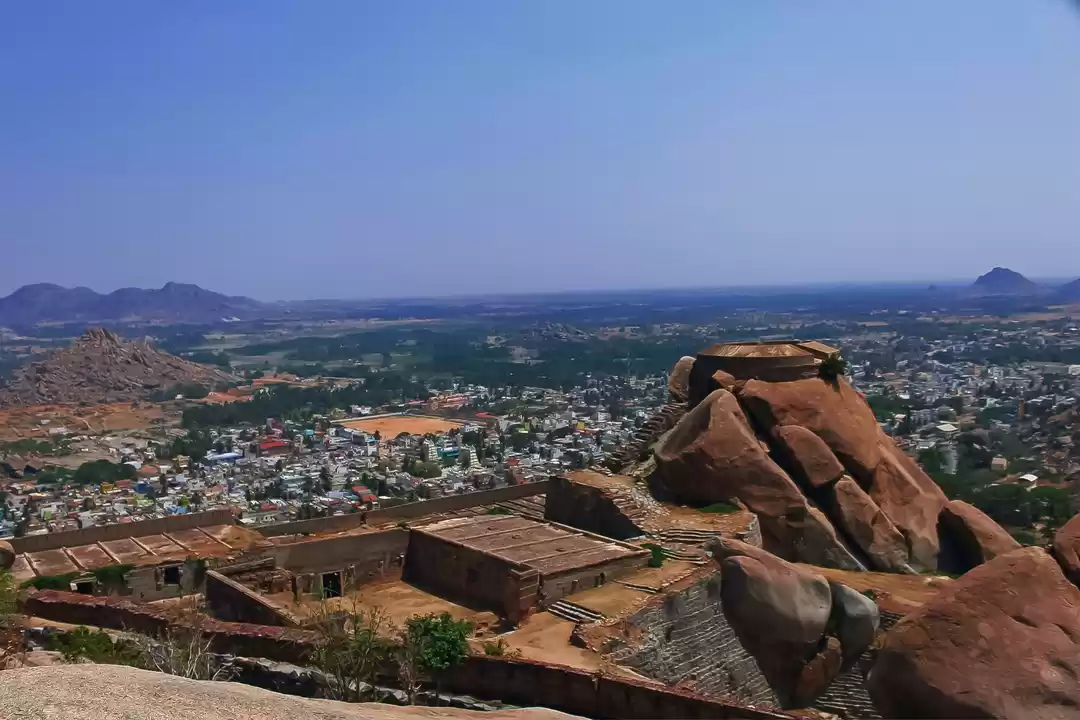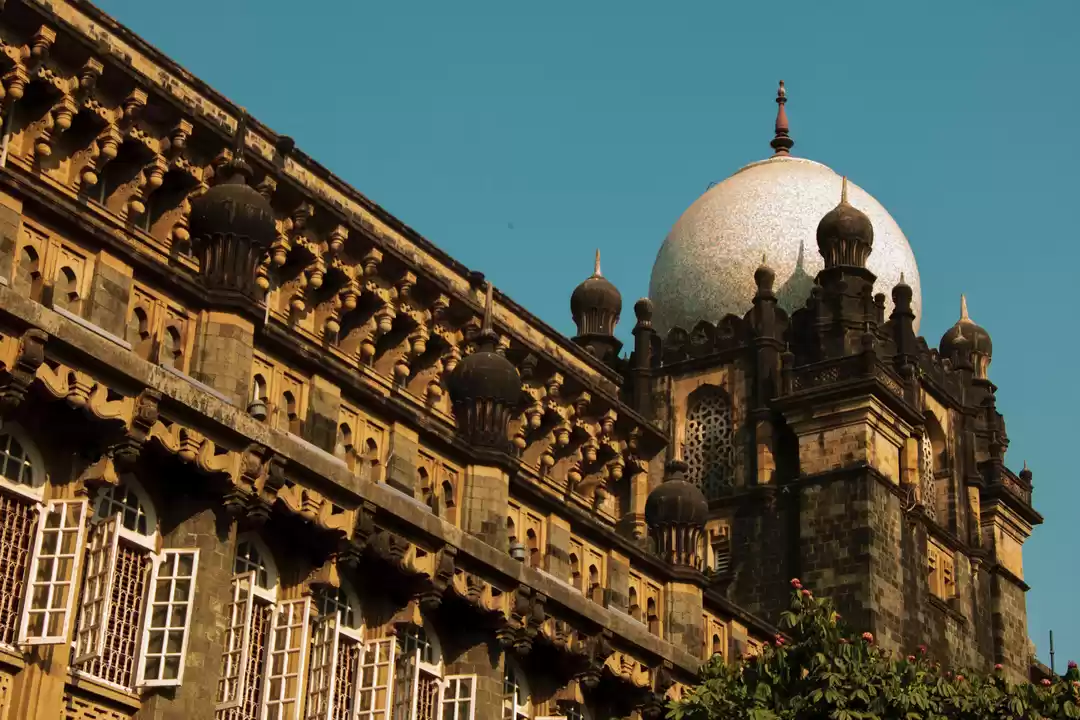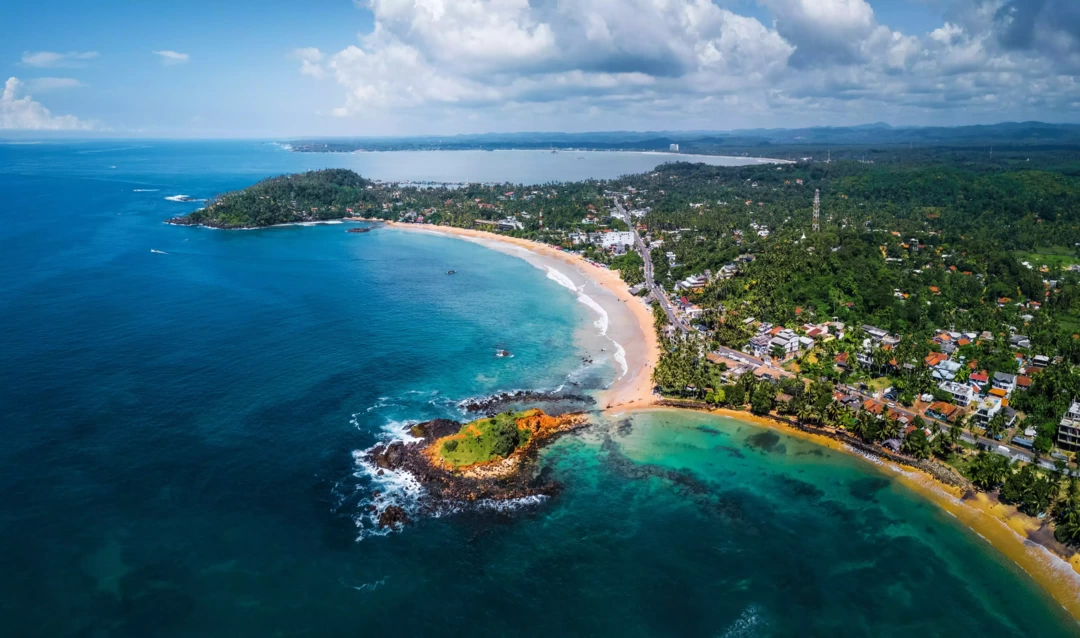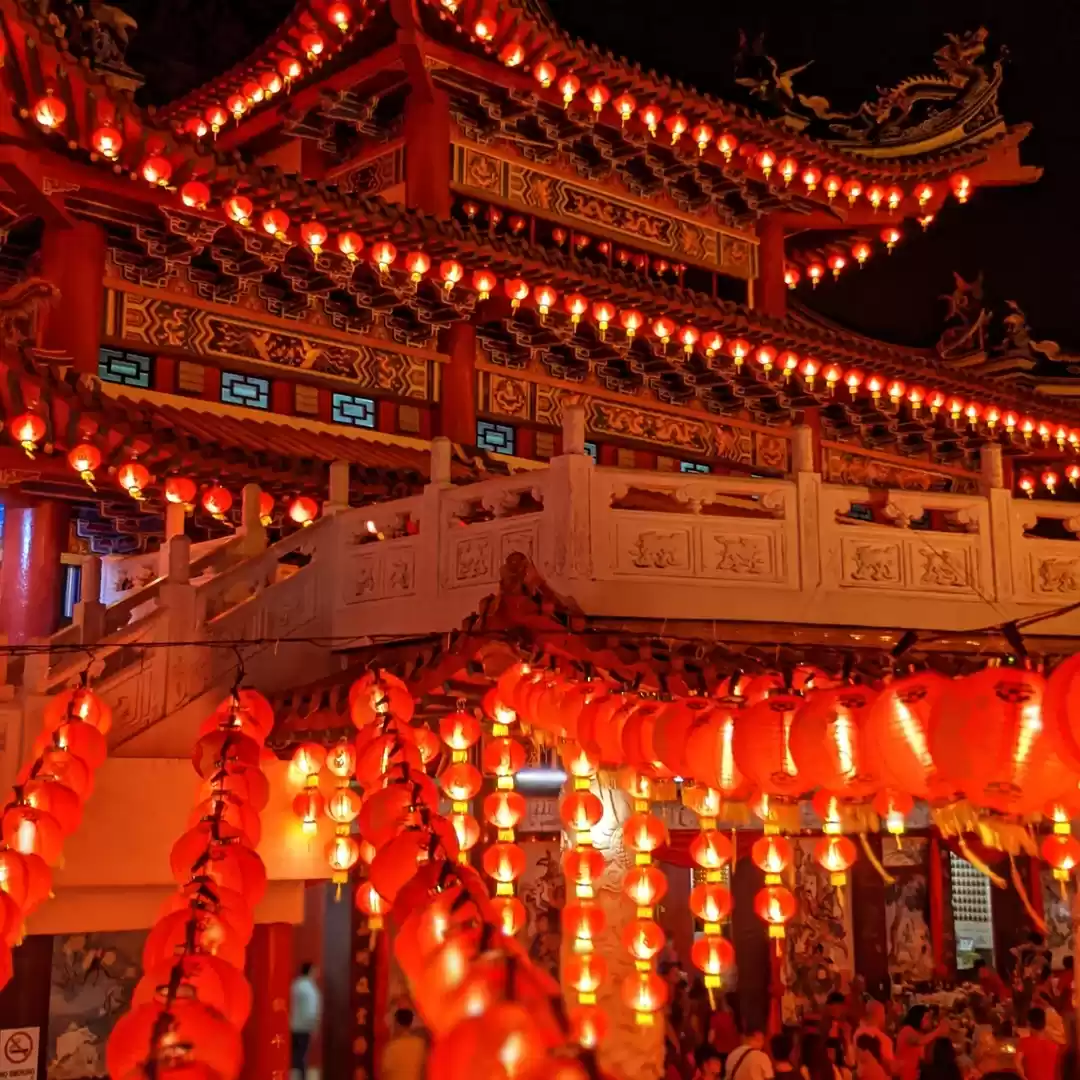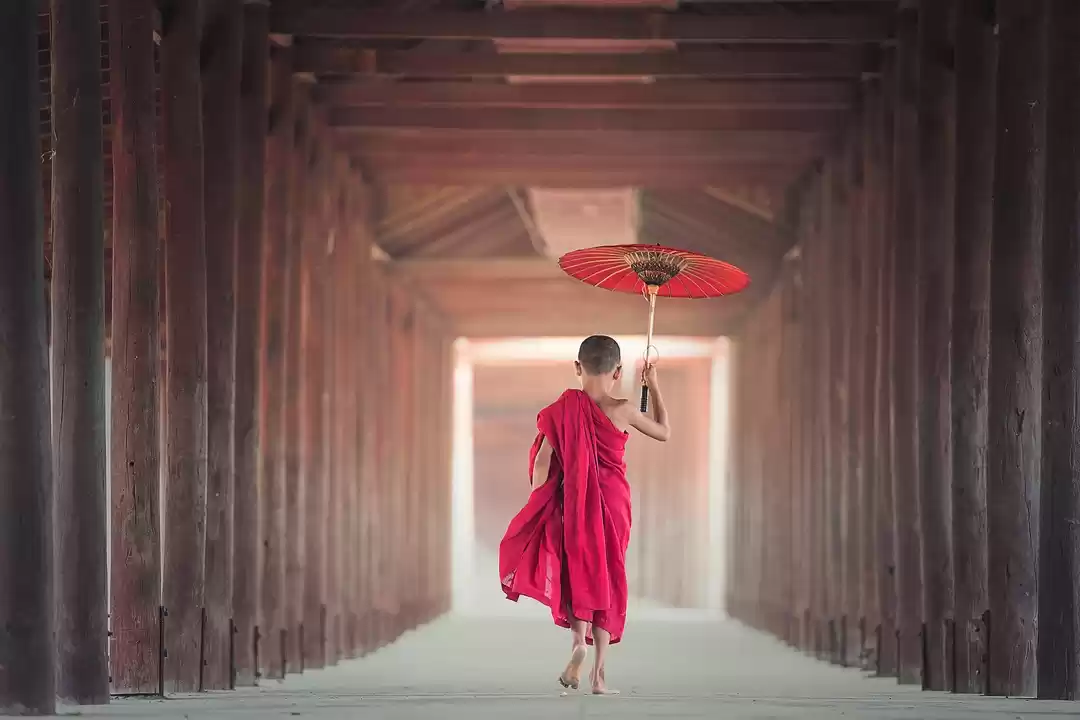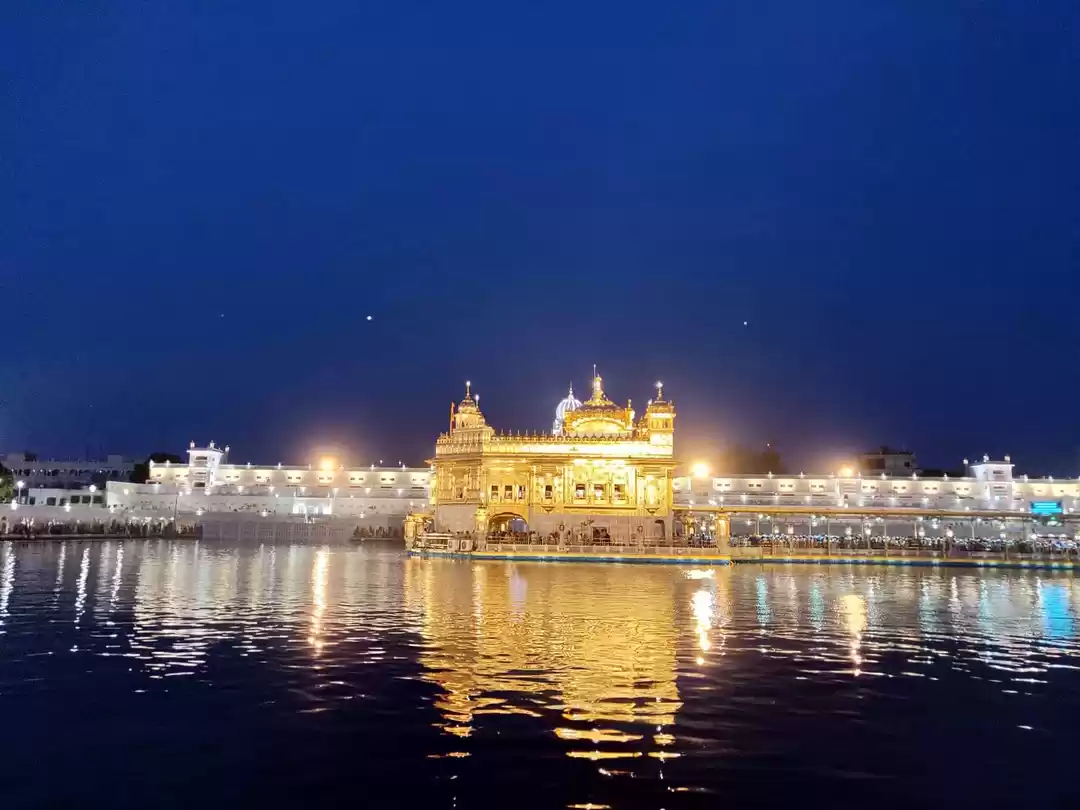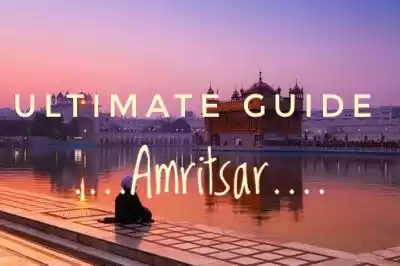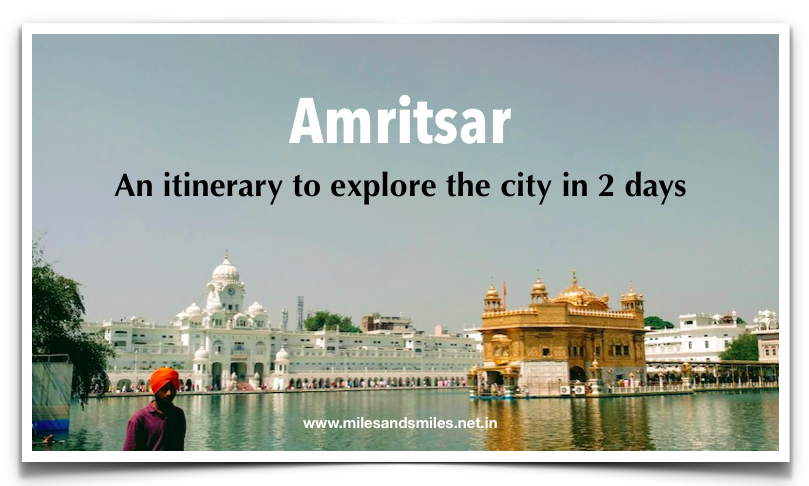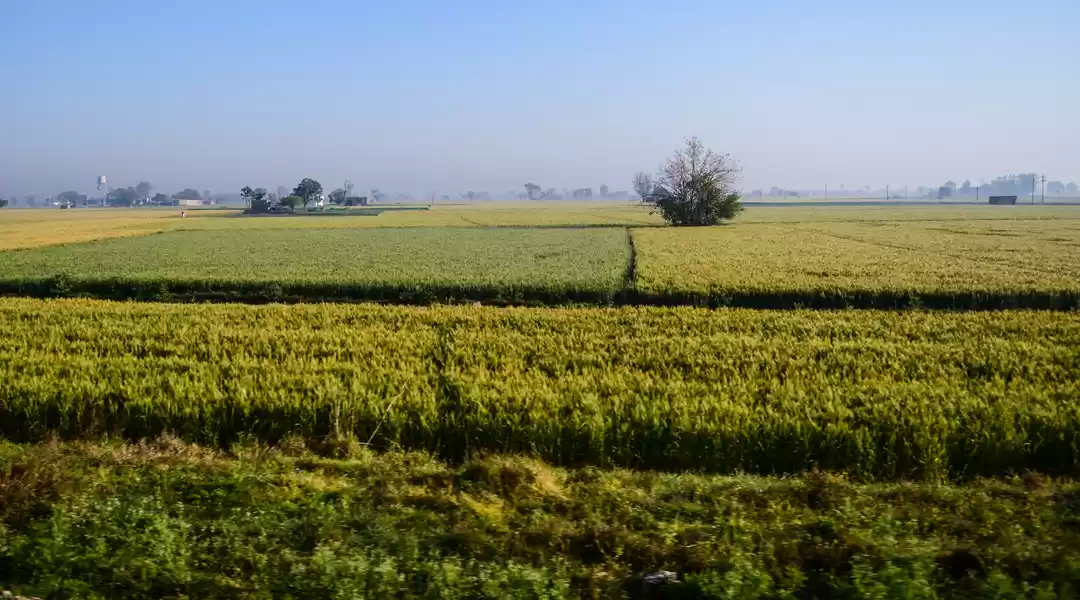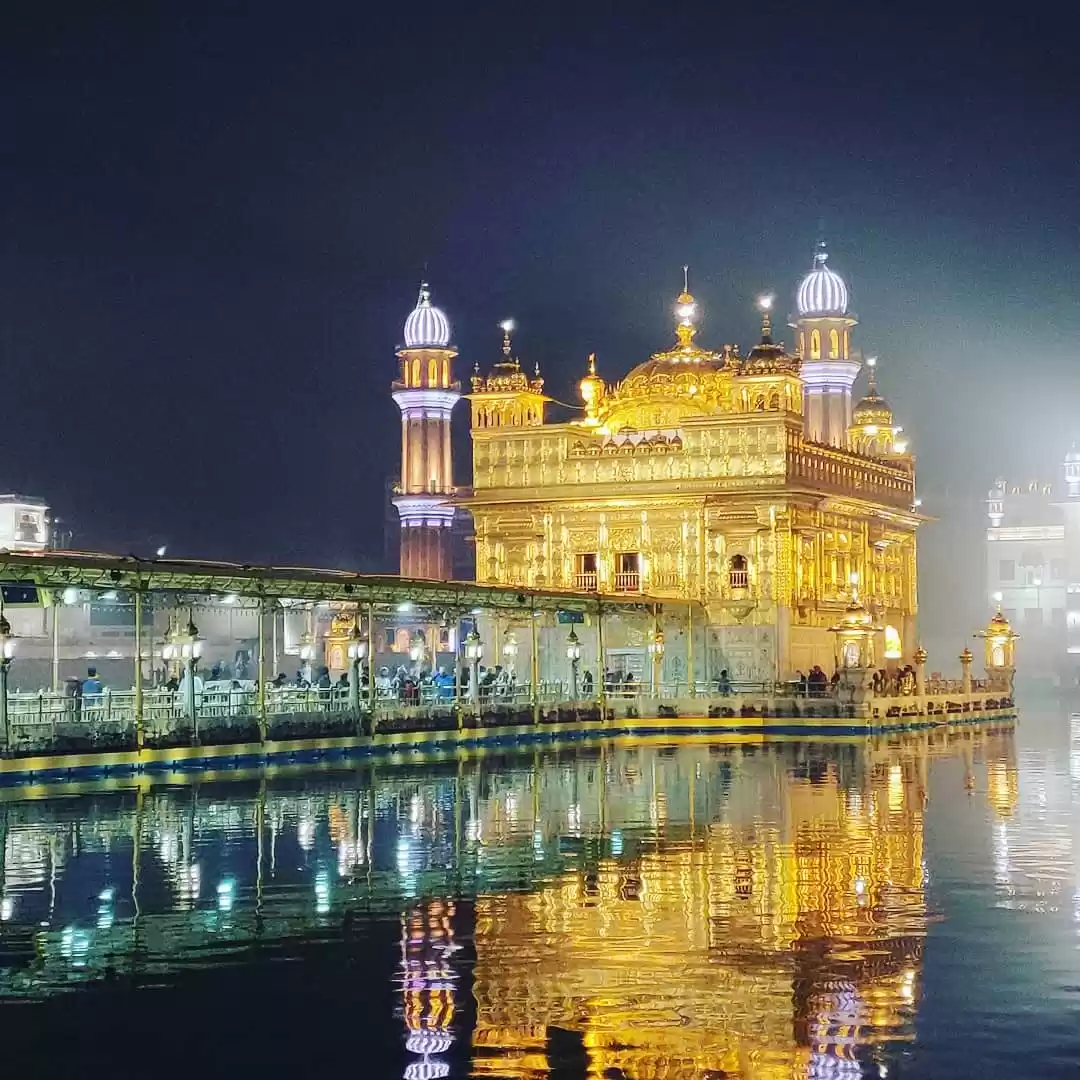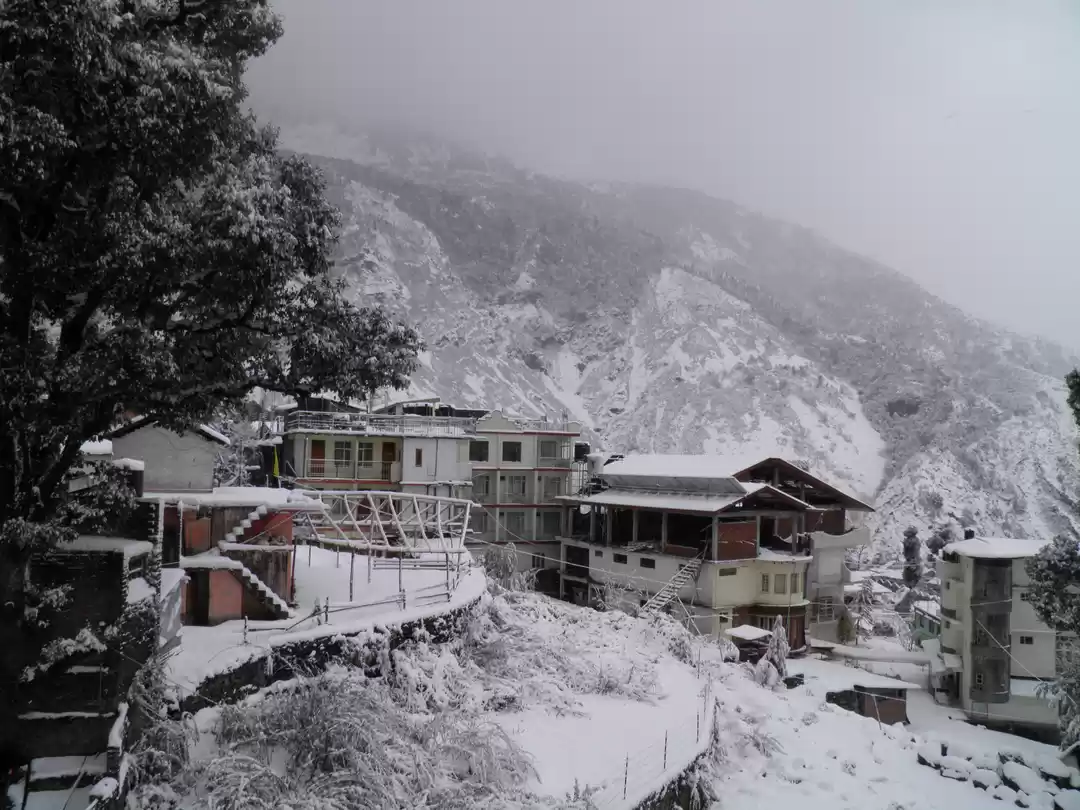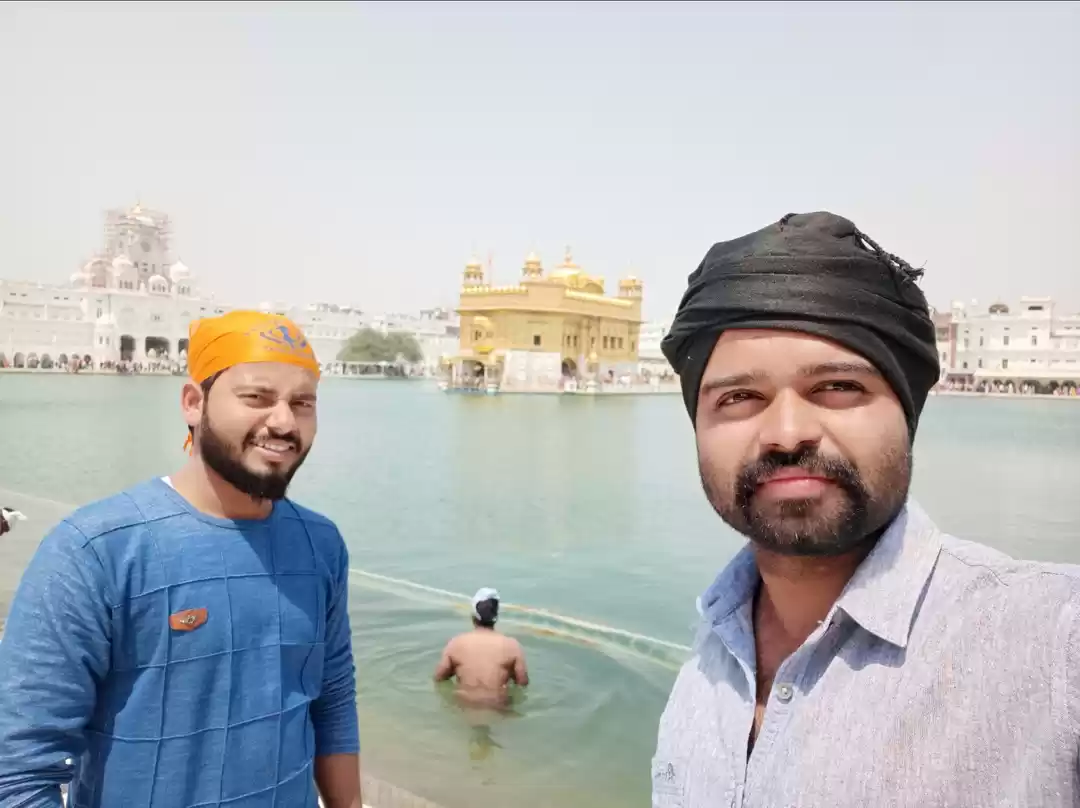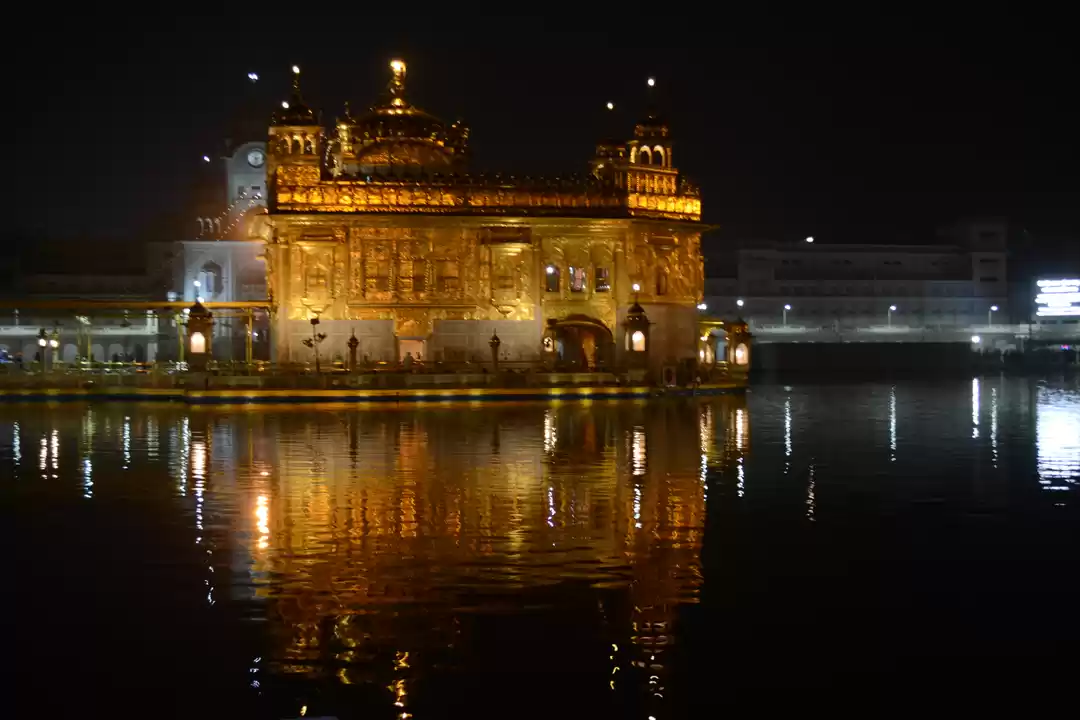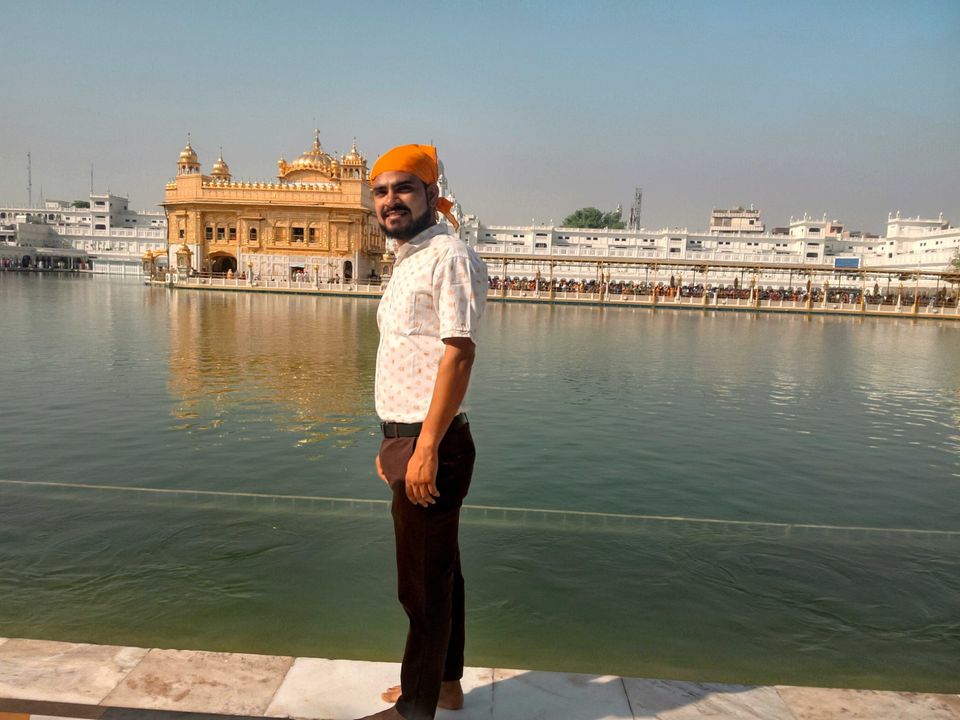
History
The Golden Temple Amritsar
Sri Harmandir Sahib, also known as Sri Darbar Sahib or Golden Temple, (on account of its scenic beauty and golden coating for English speaking world), is named after Hari (God) the temple of God. The Sikhs all over the world, daily wish to pay visit to Sri Amritsar and to pay obeisance at Sri Harmandir Sahib in their Ardas.Guru Arjan Sahib, the Fifth Nanak, conceived the idea of creating a central place of worship for the Sikhs and he himself designed the architecture of Sri Harmandir Sahib. Earlier the planning to excavate the holy tank (Amritsar or Amrit Sarovar) was chalked out by Guru Amardas Sahib, the Third Nanak, but it was executed by Guru Ramdas Sahib under the supervision of Baba Budha ji. The land for the site was acquired by the earlier Guru Sahibs on payment or free of cost from the Zamindars (landlords) of native villages. The plan to establish a town settlement was also made. Therefore, the construction work on the Sarovar (the tank) and the town started simultaneously in 1570. The work on both projects completed in 1577 A.D.was bought by the Guru Ram Das Sahib on payment from the Zamindars (landlords) of native villages.Guru Arjan Sahib got its foundation laid by a muslim saint Hazrat Mian Mir ji of Lahore on 1st of Magh, 1645 Bikrmi Samvat (December, 1588). The construction work was directly supervised by Guru Arjan Sahib himself and he was assisted by the prominent Sikh personalities like Baba Budha ji, Bhai Gurdas ji, Bhai Sahlo ji and many other devoted Sikhs.
Unlike erecting the structure on the higher level (a tradition in Hindu Temple architecture), Guru Arjan Sahib got it built on the lower level and unlike Hindu Temples having only one gate for the entrance and exit, Guru Sahib got it open from four sides. Thus he created a symbol of new faith, Sikhism. Guru Sahib made it accessible to every person without any distinction of Caste, creed, sex and religion.The building work completed in 1601 A.D. on Bhadoon Sudi 1st, 1661 Bikrmi Samvat (August/September,1604). Guru Arjan Sahib installed newly created Guru Granth Sahib, in Sri Harmandir Sahib and appointed Baba Budha ji as its first Granthi i.e. the reader of Guru Granth Sahib. After this event it attained the status of ‘Ath Sath Tirath’. Now the Sikh Nation had their own Tirath, a pilgrimage center.Sri Harmandir Sahib, is built on a 67ft. square platform in the centre of the Sarovar (tank). The temple itself is 40.5ft. square. It has a door each on the East, West, North and South. The Darshani Deori (an arch) stands at the shore end of the causeway. The door frame of the arch is about 10ft in height and 8ft 6inches in breath. The door panes are decorated with artistic style. It opens on to the causeway or bridge that leads to the main building of Sri Harmandir Sahib. It is 202 feet in length and 21 feet in width.The bridge is connected with the 13 feet wide ‘Pardakshna’ (circumambulatory path). It runs round the main shrine and it leads to the ‘Har ki Paure’ (steps of God). On the first floor of "Har Ki Pauri", there is continuous reading of Guru Granth Sahib.The main structure of Sri Harmandir Sahib, functionally as well as technically is a three-storied one. The front, which faces the bridge, is decorated with repeated cusped arches and the roof of the first floor is at the height of the 26 feet and 9 inches.At the top of the first floor 4 feet high parapet rises on all the sides which has also four ‘Mamtees’ on the four corners and exactly on the top of the central hall of the main sanctuary rises the third story. It is a small square room and have three gates. A regular recitation of Guru Granth Sahib is also held there.On the top of this room stands the low fluted ‘Gumbaz’ (dome) having lotus petal motif in relief at the base inverted lotus at the top which supports the "Kalash" having a beautiful "Chhatri" at the end.Its architecture represents a unique harmony between the Muslims and the Hindus way of construction work and this is considered the best architectural specimens of the world. It is often quoted that this architecture has created an independent Sikh school of architecture in the history of art in India.
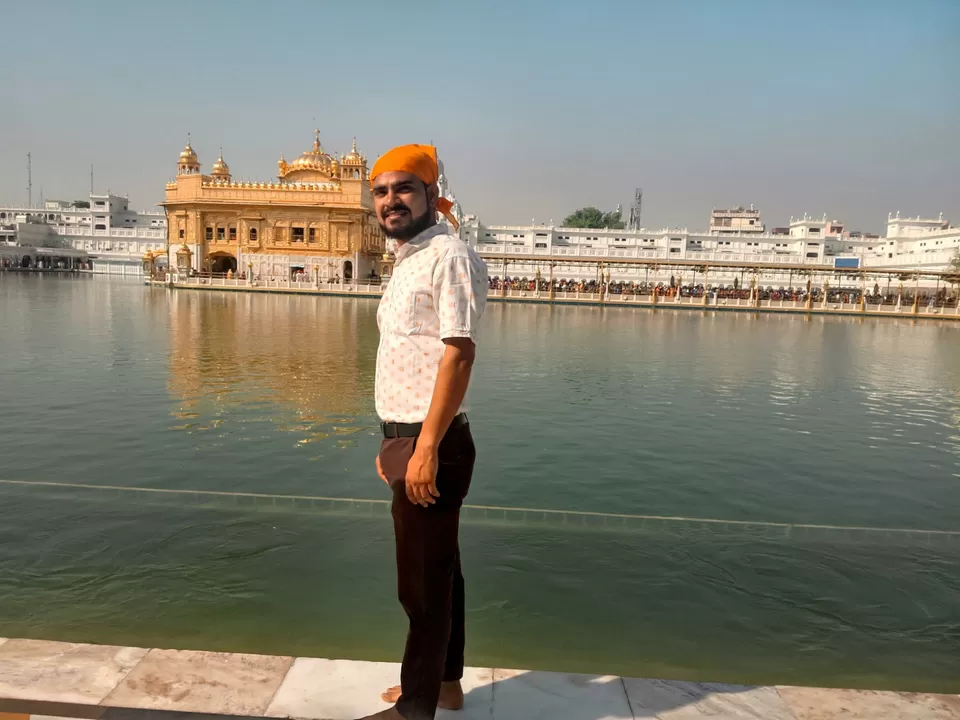
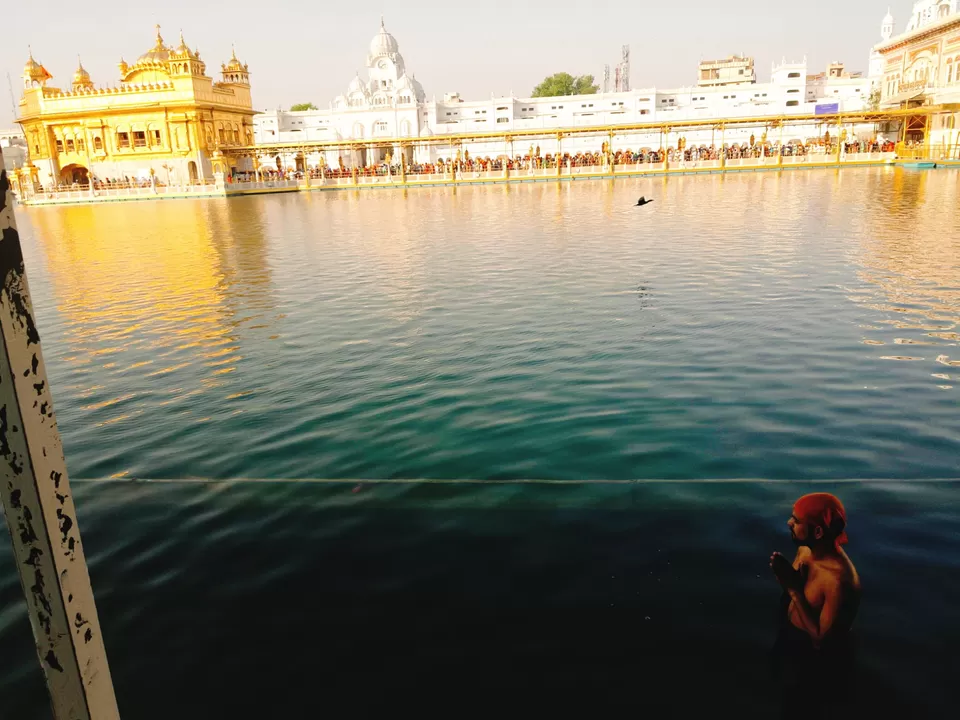
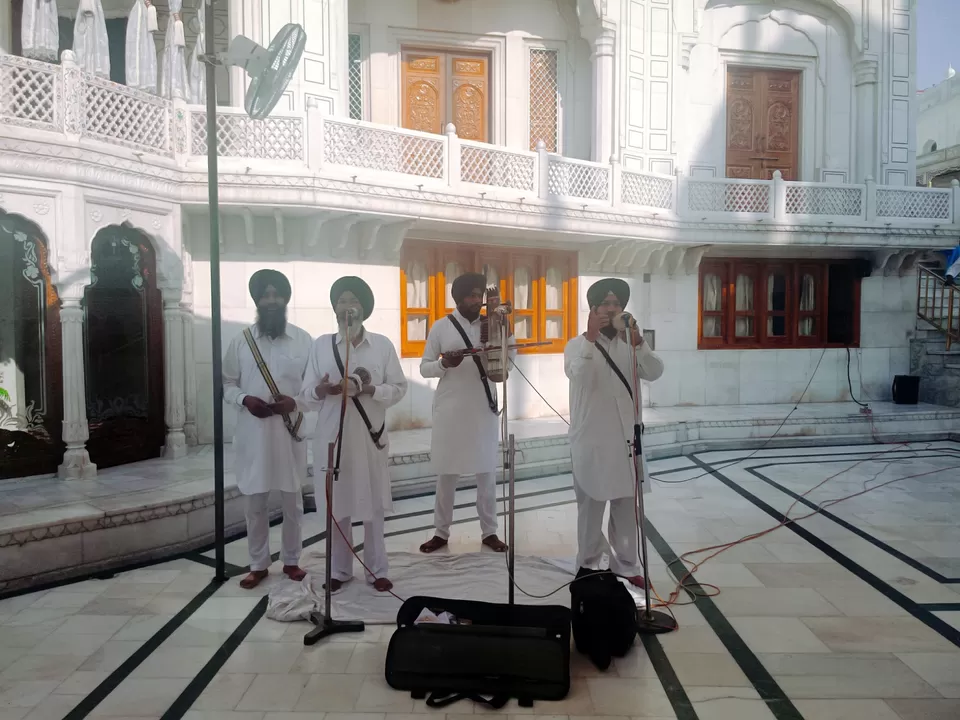
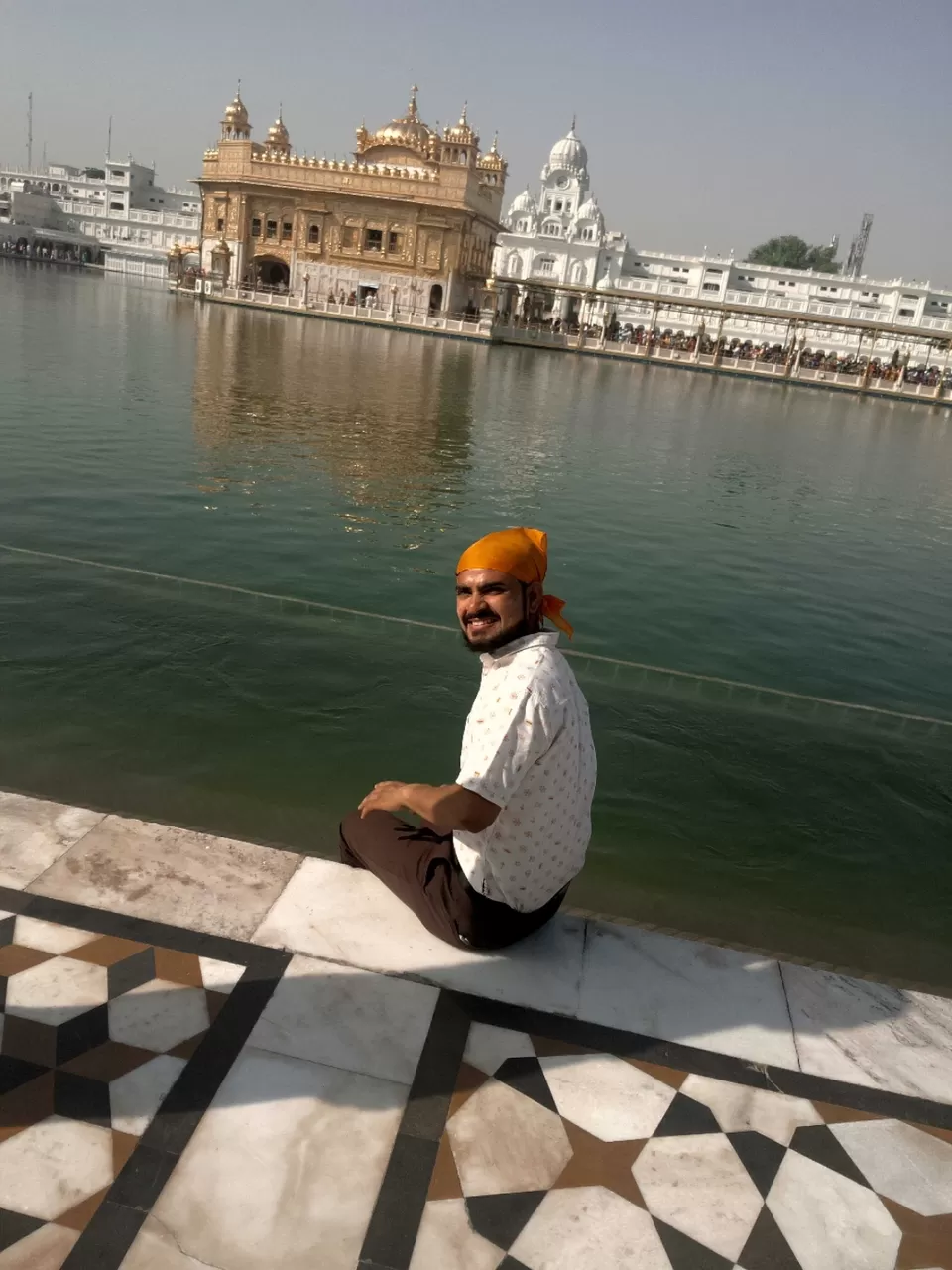
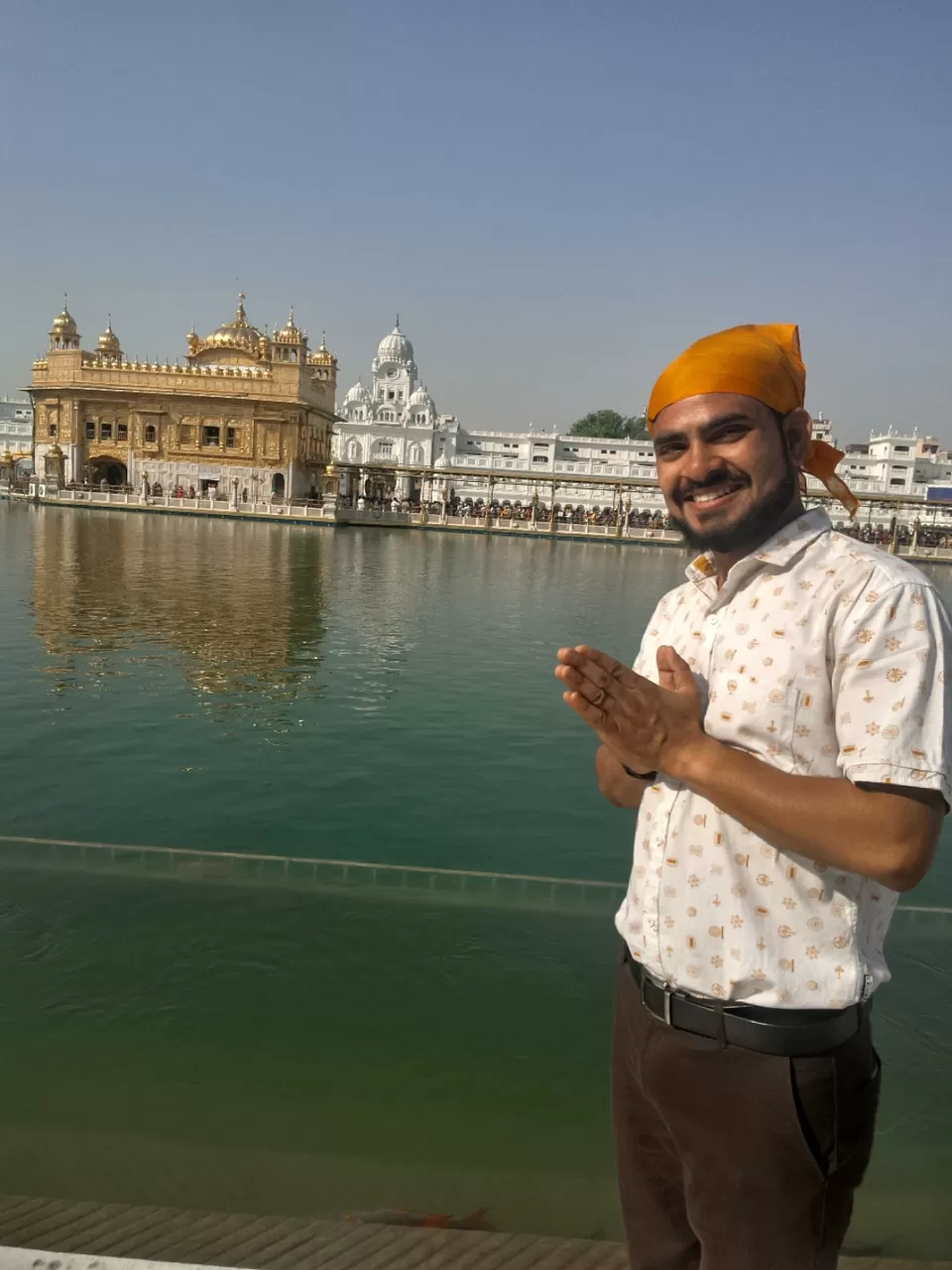
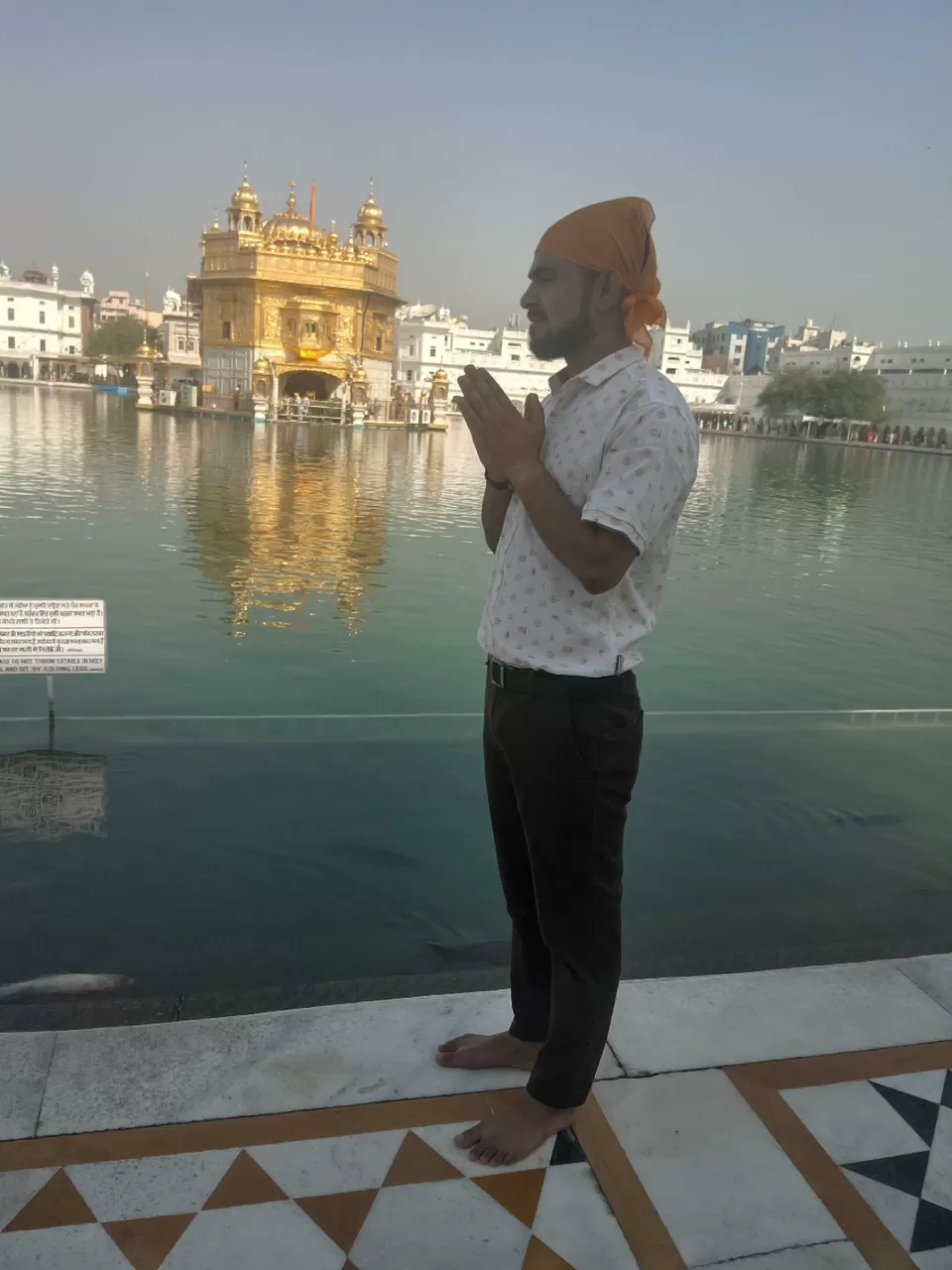

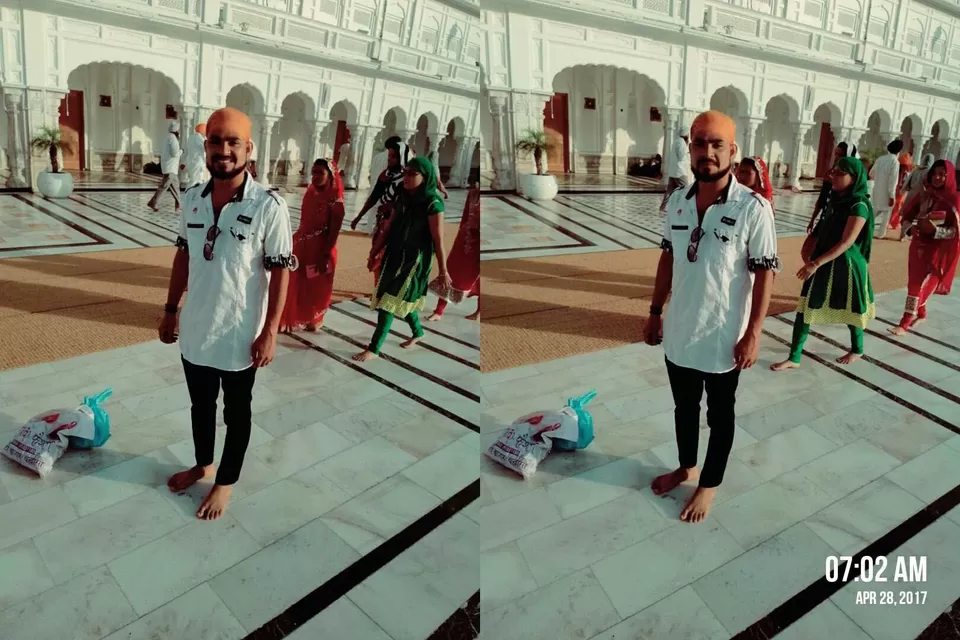
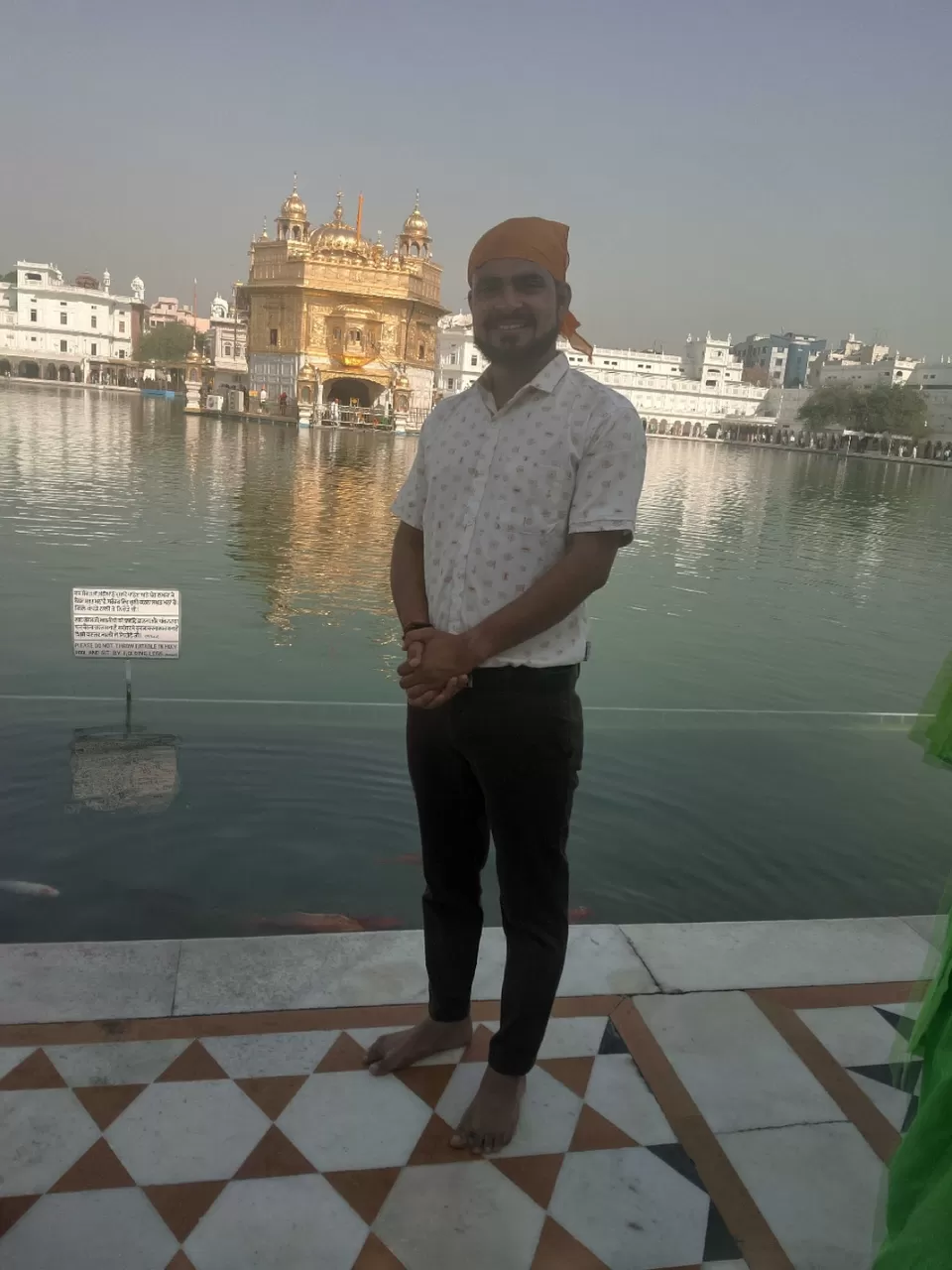
Jallianwala Bagh Massacre History
Since the beginning of the World War I, there had been an increasing resentment and civil unrest throughout the country especially in the states of West Bengal and Punjab. It was due to the terrible repercussions of the war, like- inflation, heavy taxation, a huge number of dead and wounded soldiers that contributed immensely in uniting the nation against the British Rule. The worsening civil unrest led to the formation of Rowlatt Committee in 1919. The Rowlatt Act was a legislative act that allowed certain political cases to be tried without the presence of a jury and permitted internment of suspects without any trial. This is the time when Mahatma Gandhi came to light as a revolutionary. The Act resulted in furious protests throughout the country. The unrest became worst, especially in Punjab.There were demonstrations held at the residence of Deputy Commissioner of Amritsar to demand the release of two popular leaders of the Indian Independence Movement- Satya Pal and Saifuddin Kitchlew. There were violent protests that resulted in the burning of the Town Hall and Railway station, disruption of telegraphs and communication system. It resulted in many deaths including a few deaths of the European government officials as well as civilians.Due to all these activities, the city of Amritsar witnessed a few days of silence while other parts of Punjab suffered. The British Government thus decided to place most of Punjab under Martial Law. Restrictions were placed on the civil liberties that banned public gatherings and prohibited assembling of more people together.
What Happened in Jallianwala Bagh in 1919?
On 13 April 1919, thousands of people were gathered at Jallianwala Bagh in Amritsar, Punjab. This day marks the beginning of New Year for the Sikhs and is also celebrated as Baisakhi festival all over Punjab. People travel days to reach Punjab on this auspicious day to celebrate Baisakhi with their family and loved ones.
On the morning of Baisakhi, Colonel Reginald Dyer had announced the implementation of a curfew throughout Amritsar and a ban on all processions that even prohibited a group of 4 or more people to meet publicly. At about 12:40 PM, Dyer received confidential information about the meeting taking place at Jallianwala Bagh that may result in riots and protests. By mid-day, thousands of people were gathered at the Jallianwala Bagh including the devotees at Harmandir Sahib. Jallianwala Bagh was covered on all sides by walls reaching up to 10 feet. It is equipped with narrow entrances, most of which were locked. The place was flocked by the devotees, traders, farmers and merchants who visited Amritsar to enjoy the festival and witness the Baisakhi horse and cattle fair. Sensing the number of people present there and the secret meeting that was going to take place at 4:30 PM, General Dyer arrived there with armed troops.Amritsar Places To Visit Hotels Packages Food Photos How to Reach Best Time
Ad
Home Articles Jallianwala Bagh Massacre -...
ART & CULTURE
Jallianwala Bagh Massacre - A Story from The Pages of History That Will Leave You in Tears!
Popularly known as the Amritsar Massacre, this incident took place on April 13, 1919, at Jallianwala Bagh, Amritsar, Punjab. It marks one of the major heinous political crimes committed by the Britishers during the twentieth century. It is named after the famous Jallianwala Bagh, which is a public garden stretched over an area of 7 acres, with walls covering all of its sides.
jallianwala bagh massacre, jallianwala bagh massacre 1919 pictures, jallianwala bagh hatyakand
Source
Jallianwala Bagh Massacre History
Since the beginning of the World War I, there had been an increasing resentment and civil unrest throughout the country especially in the states of West Bengal and Punjab. It was due to the terrible repercussions of the war, like- inflation, heavy taxation, a huge number of dead and wounded soldiers that contributed immensely in uniting the nation against the British Rule. The worsening civil unrest led to the formation of Rowlatt Committee in 1919. The Rowlatt Act was a legislative act that allowed certain political cases to be tried without the presence of a jury and permitted internment of suspects without any trial. This is the time when Mahatma Gandhi came to light as a revolutionary. The Act resulted in furious protests throughout the country. The unrest became worst, especially in Punjab.
jallianwala bagh massacre, jallianwala bagh massacre 1919 pictures
Source
There were demonstrations held at the residence of Deputy Commissioner of Amritsar to demand the release of two popular leaders of the Indian Independence Movement- Satya Pal and Saifuddin Kitchlew. There were violent protests that resulted in the burning of the Town Hall and Railway station, disruption of telegraphs and communication system. It resulted in many deaths including a few deaths of the European government officials as well as civilians.
Due to all these activities, the city of Amritsar witnessed a few days of silence while other parts of Punjab suffered. The British Government thus decided to place most of Punjab under Martial Law. Restrictions were placed on the civil liberties that banned public gatherings and prohibited assembling of more people together.
What Happened in Jallianwala Bagh in 1919?
On 13 April 1919, thousands of people were gathered at Jallianwala Bagh in Amritsar, Punjab. This day marks the beginning of New Year for the Sikhs and is also celebrated as Baisakhi festival all over Punjab. People travel days to reach Punjab on this auspicious day to celebrate Baisakhi with their family and loved ones.
On the morning of Baisakhi, Colonel Reginald Dyer had announced the implementation of a curfew throughout Amritsar and a ban on all processions that even prohibited a group of 4 or more people to meet publicly. At about 12:40 PM, Dyer received confidential information about the meeting taking place at Jallianwala Bagh that may result in riots and protests. By mid-day, thousands of people were gathered at the Jallianwala Bagh including the devotees at Harmandir Sahib. Jallianwala Bagh was covered on all sides by walls reaching up to 10 feet. It is equipped with narrow entrances, most of which were locked. The place was flocked by the devotees, traders, farmers and merchants who visited Amritsar to enjoy the festival and witness the Baisakhi horse and cattle fair. Sensing the number of people present there and the secret meeting that was going to take place at 4:30 PM, General Dyer arrived there with armed troops.
jallianwala bagh massacre, jallianwala bagh massacre 1919 pictures
Source
The main entrance was also guarded by the armed troops. There were armoured cars accompanying the troops that were supposedly carrying machine guns and explosives. On Dyer's orders, there was ruthless firing done on the uninformed crowd. There were about 25,000 people present there at the time of firing. Some tried to escape while some choose to jump in the solitude well built in the premises of Jallianwala Bagh. The troops were ordered to start shooting from the most densely crowded spot to harm the maximum number of people. This heinous act of violence resulted in extreme mass killing. The firing continued for about 10 minutes, and it only ceased when the ammunition supplies were almost exhausted. The scattered dead bodies could not even be moved due to the implemented curfew. Colonel Dyer reportedly carried out this firing not just to disperse the meeting, but to punish the Indians for disobeying their orders. In a telegram sent by British Lieutenant Governor of Punjab, Colonel Dyer's actions were supposed to be correct and approved by him. Further, the British Lieutenant even asked the Viceroy to implement martial law in Punjab.
How many people died in Jallianwala Bagh?
The number of deaths caused due to the firing had been a disputed issue till now. While the official enquiry by the British informed about 379 deaths, the death toll was quoted to be around 1,000 by Congress. There were about 120 dead bodies recovered from the well also.
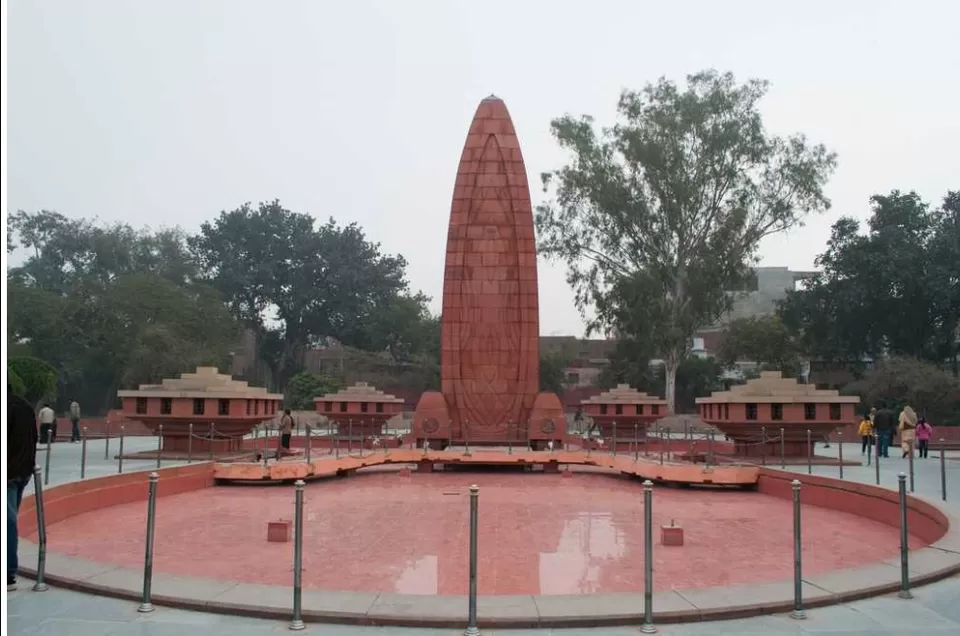
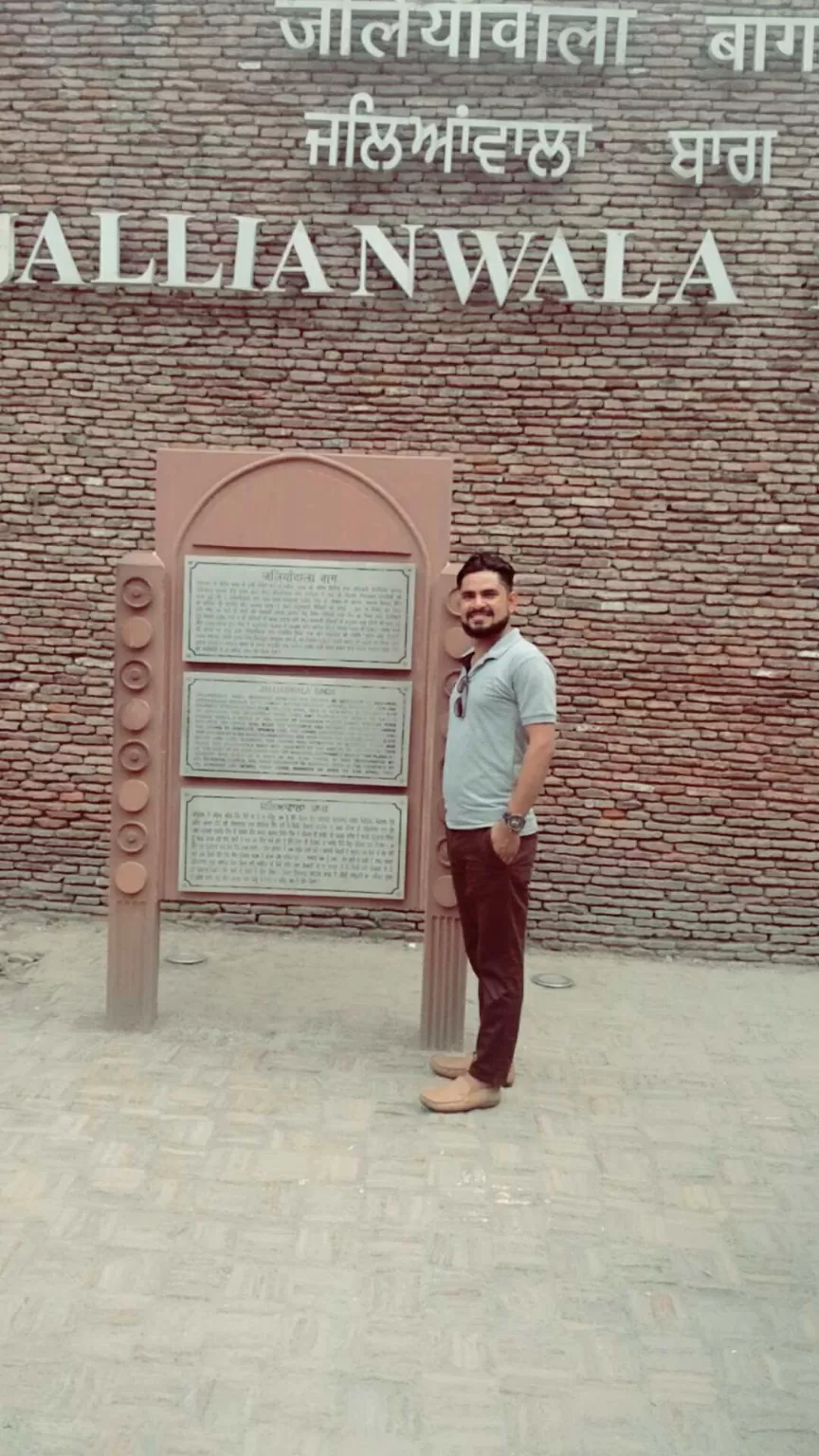
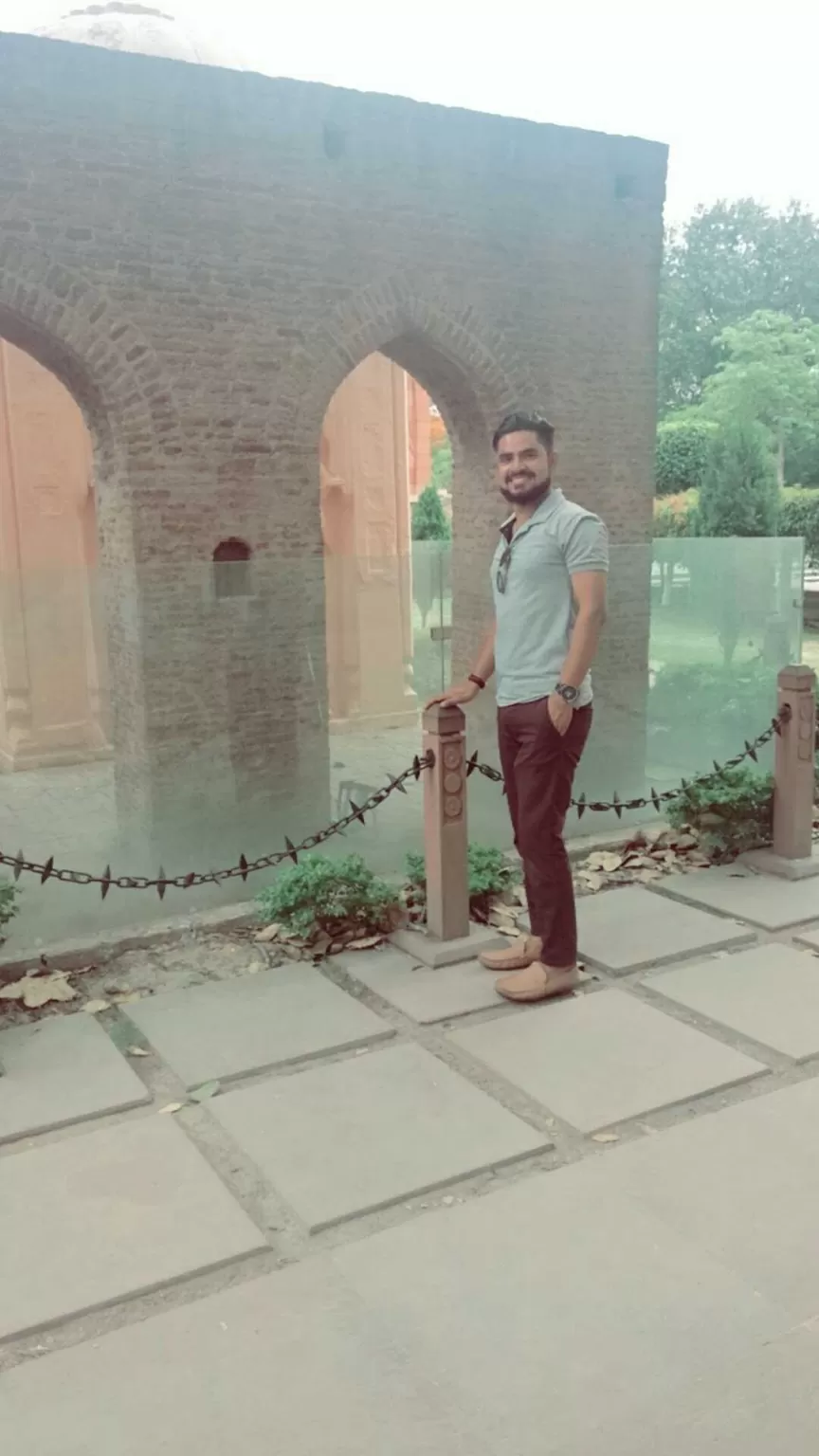
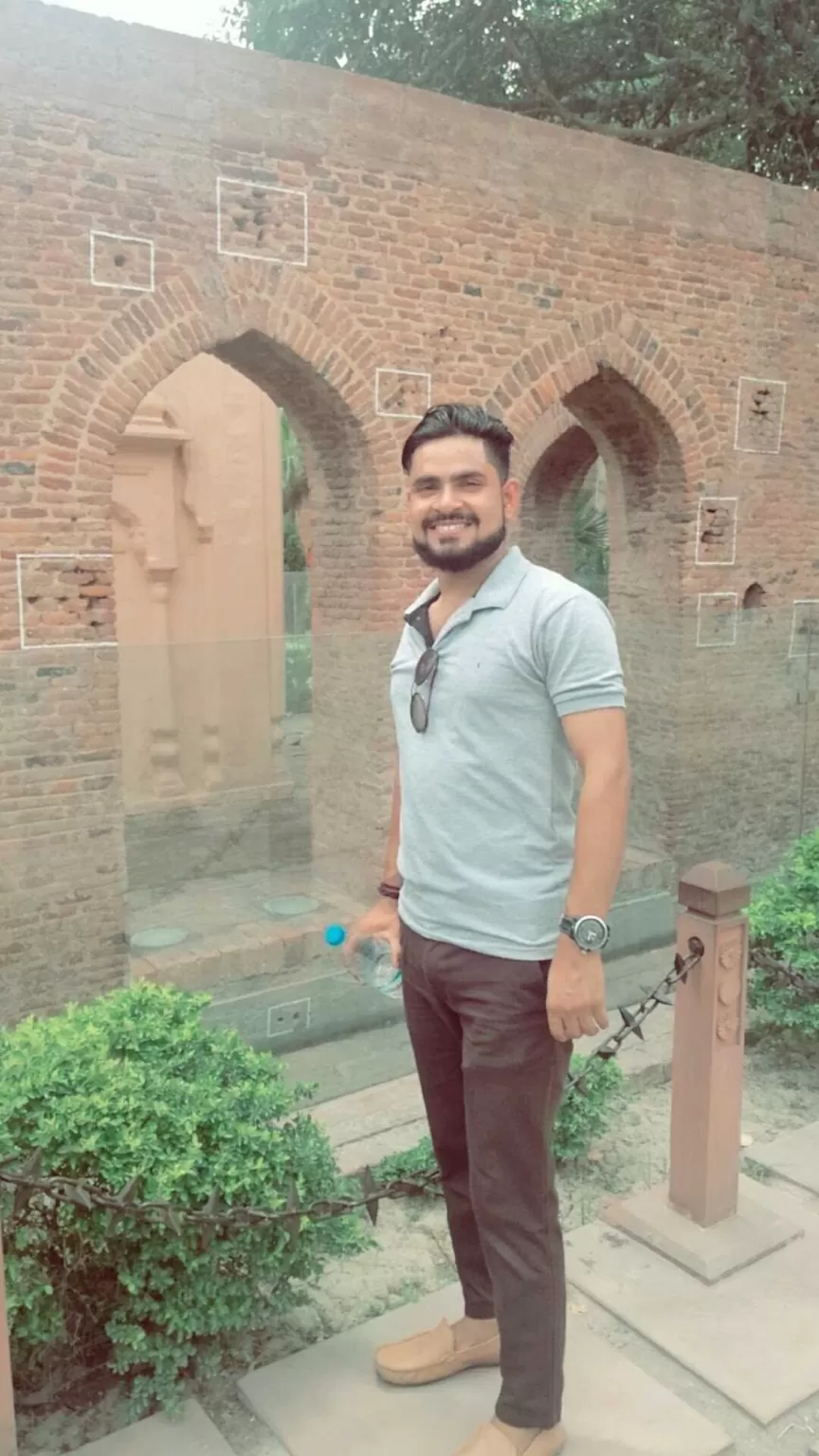
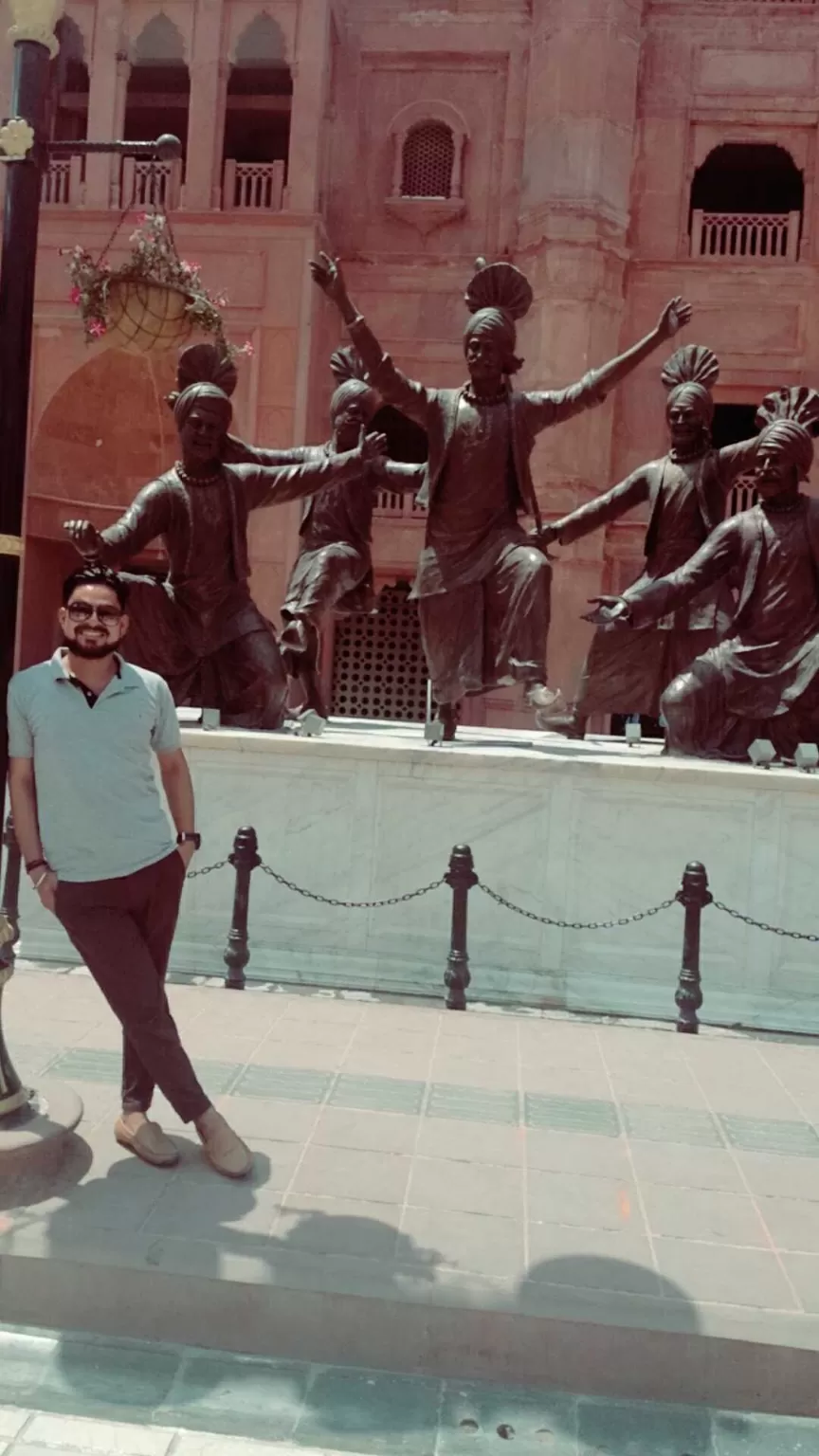
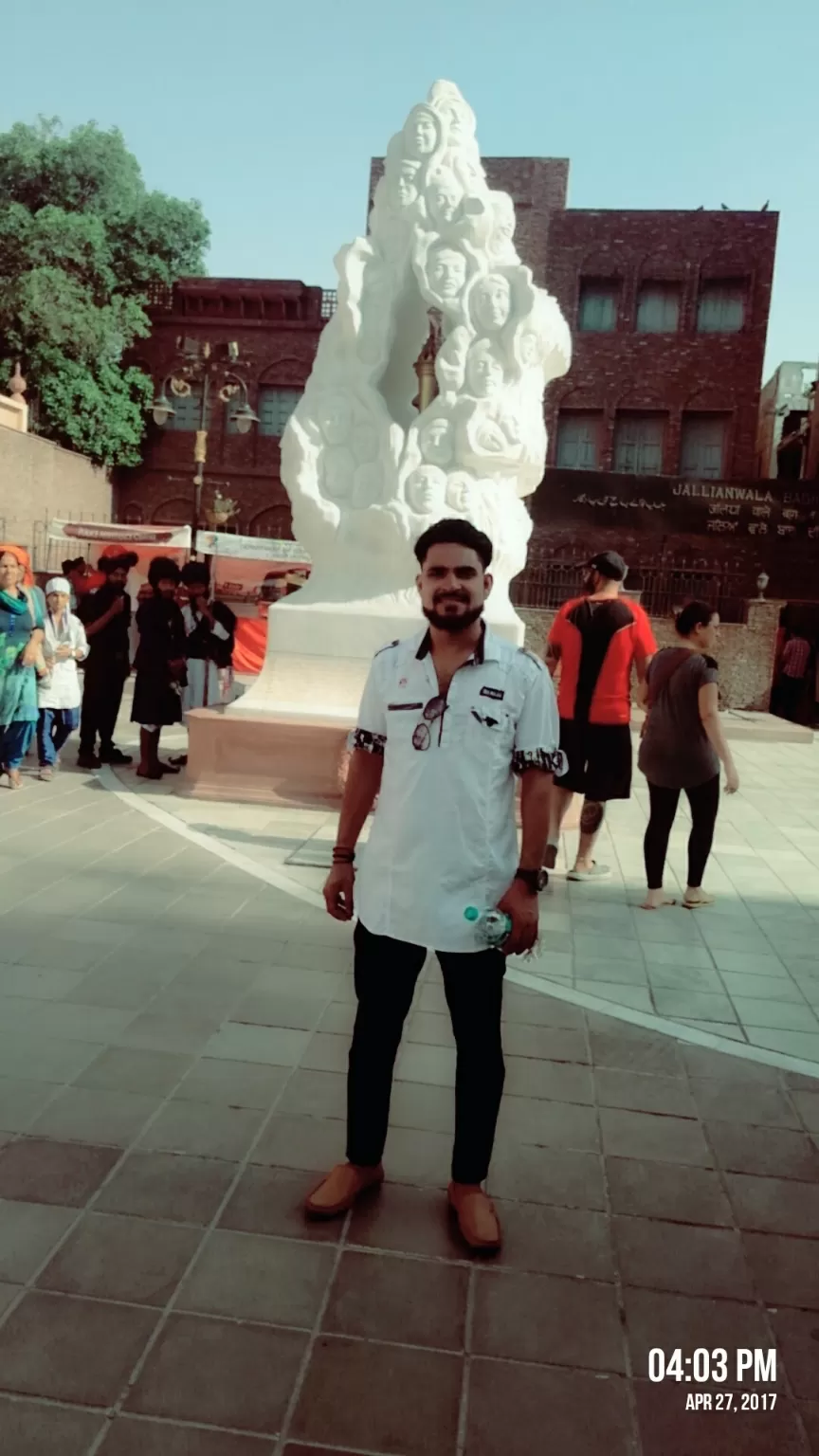
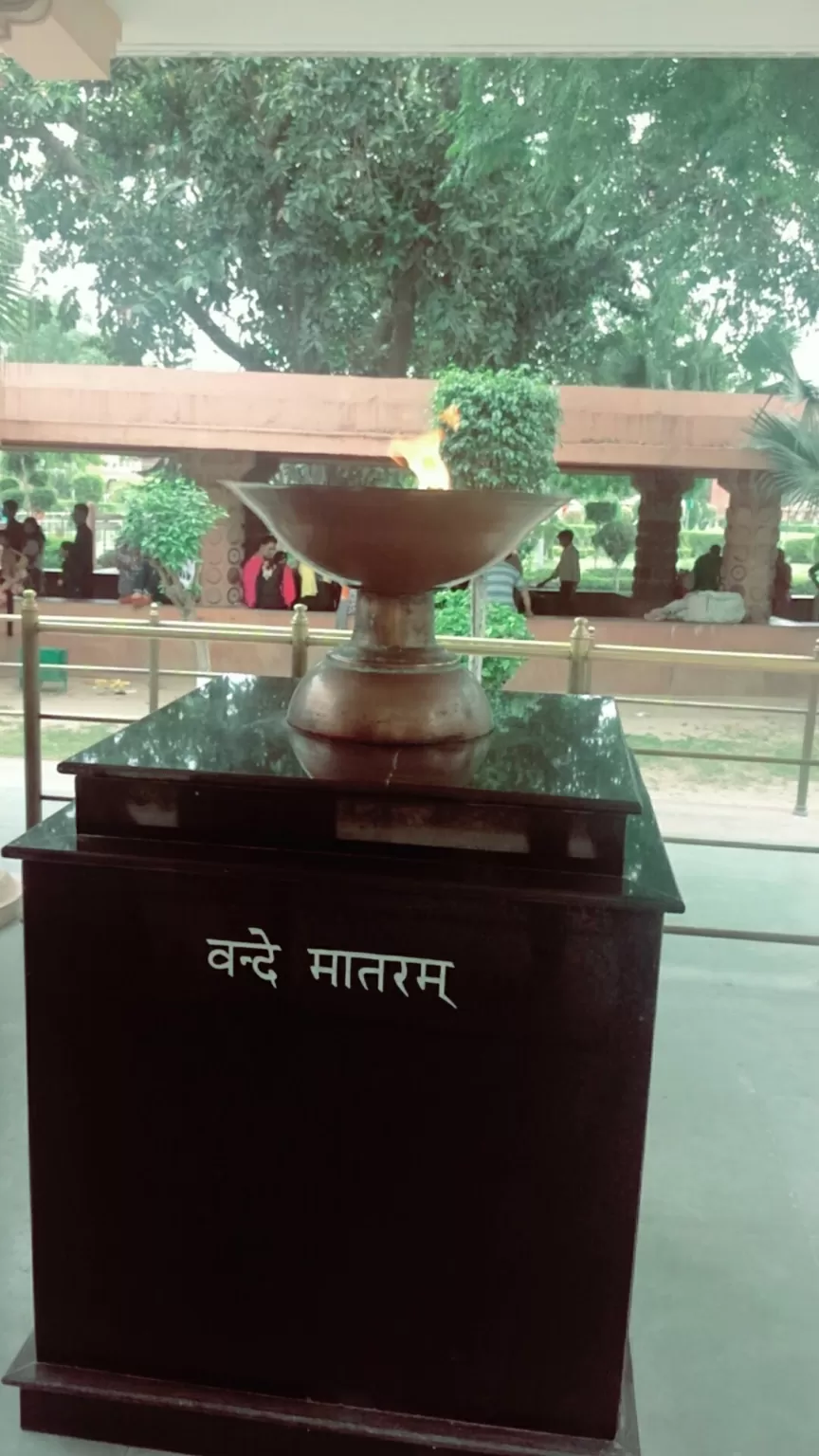
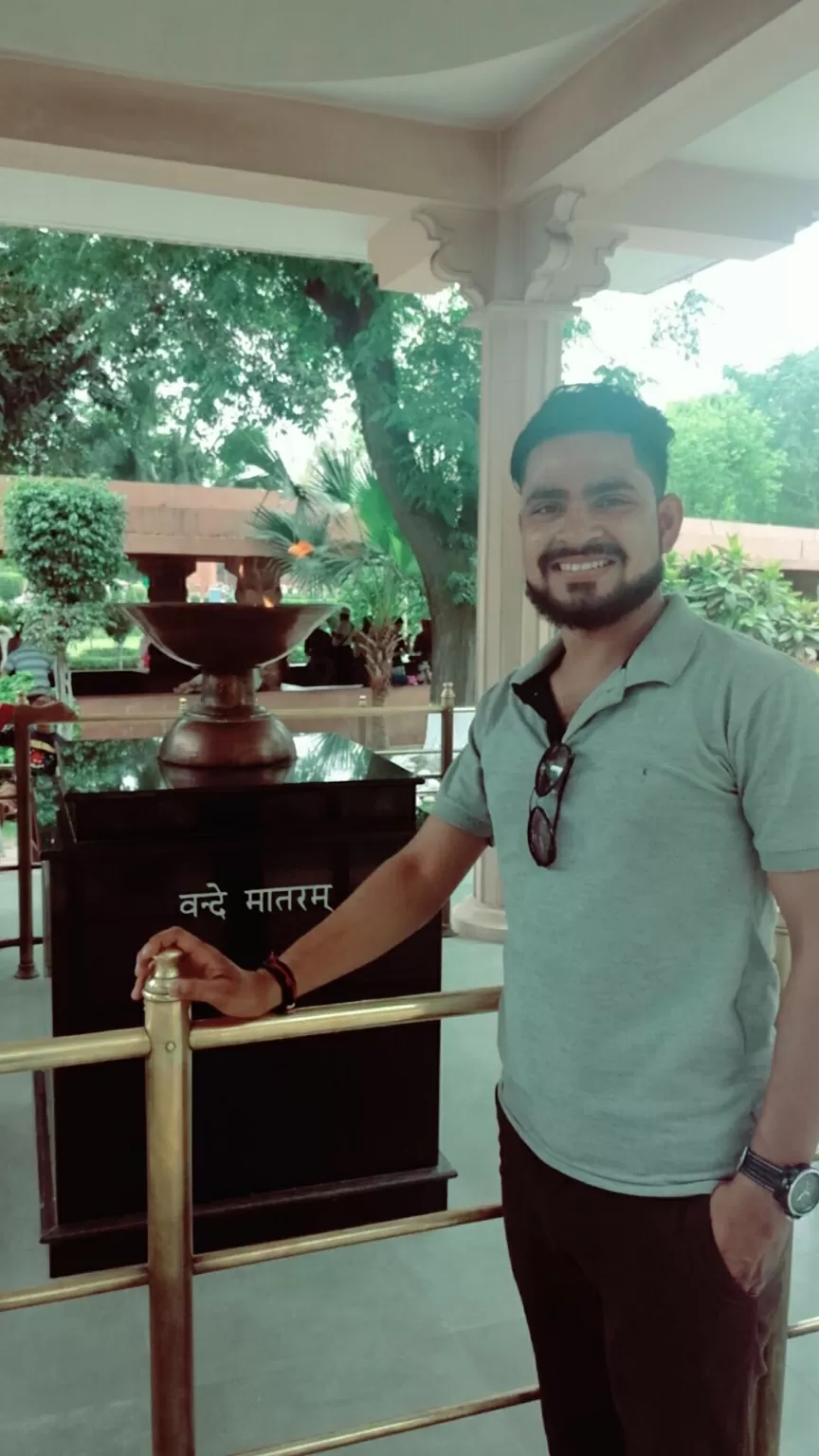
Wagah Border, Punjab
About
The Wagah border is a post between India and Pakistan. It has become famous for the beating the retreat ceremony which includes the closing of international gates and the lowering of the flags of both the countries. Around 5000 people visit the Wagah border, which has become very popular among tourists all over the world. The flag code of India mandates that the national flag shall be flown only from sunrise to sunset. It is an entertainment ceremony and a highly stylized patriotic display as well as an energetic performance. The guards who perform are chosen carefully among those who have great height, ability to perform and imposing stature.
People from both the sides watch the ceremony. The crowd on weekends is heavy and people watch it from the stands.
There are certain things that one should remember while visiting Wagah border. There are jammers here so no mobile phone service is available here. No covered bags are allowed, including ladies handbags or purses. There are stalls nearby,to buy food and bottled water.
Location
The watch is located in Attari in Amritsar in the state of Punjab, India. Located at a distance of around 28 km from Amritsar and around 475 km from Delhi, this is at an international border of Pakistan and India. It is located on NH - 1 in Punjab. The border is situated in Lahore in Pakistan around 25 km from the city.
Timing
The ceremony lasts for 45 minutes and is carried out before sunset. 4:15 pm is the time during winter and 4:45 during summer. The border gate is open from 10:00 am to 4:00 pm. However, the ceremony starts only after 4:00 pm. So if you want to watch the ceremony, you have to reach the place not later than 3:00 pm.
Seats are packed on weekends and public holidays. No tickets are needed for the event.
How to Reach
There are various ways by which you can reach Wagah Border. It is accessible by road through buses and cars. Buses and other mode of transport are not allowed near the gate.
It is also possible to reach the Wagah border by train. The railway station in Amritsar is a junction. Various trains from all parts of the country halt here. One can get down in Amritsar and get into a taxi or bus to reach the place.
The airport is around 35 km from Wagah border and is located in Amritsar. The total travel time by road to reach Wagah border is 40 minutes. The fare can be anywhere around Rs. 700 to Rs. 800. Various flights from other parts of the city land in Amritsar. So it is easy to visit Wagah border even by air.
Where to stay
Tourist accommodation is not available at Wagah border. However, Amritsar has all types of stay accommodations and is only 30 km from Wagah border.
